As that's all a bit much to take in, below we've done our best to list Poland's very best museums, in no particular order. If WWII interests you, you're spoilt for choice, but you can't go wrong with the Warsaw Rising Museum or the WWII Museum in Gdańsk. If modern art is your scene, look no further than Kraków's MOCAK or the Art Factory in Łódź. The more traditional art collections, most notably the who's who of Polish painters, can be found in the main branches of the National Museum in Warsaw, Kraków and Wrocław. If you're travelling with children and are looking for some fancy interactive science centres, we highly recommend taking time out to visit the Copernicus Centre in Warsaw as well as the Hydropolis in Wrocław. Now, without further ado, here they are:
The Best Museums in Poland
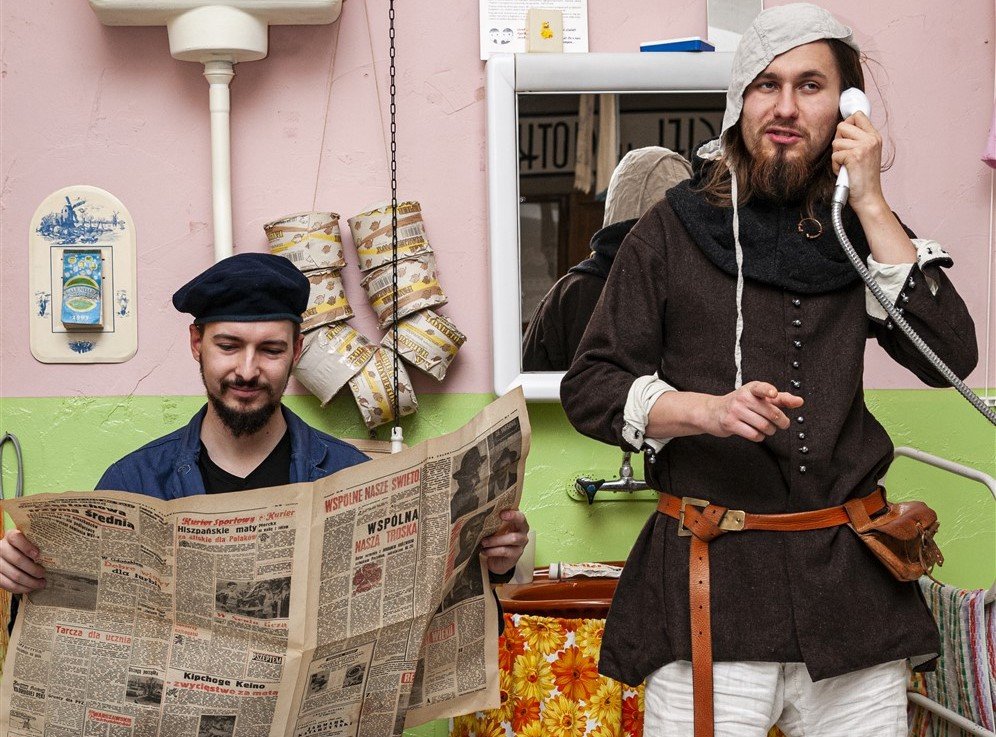
MOCAK (Kraków)
When it comes to modern art galleries, it doesn't get any better than this! Opened in 2011, Krakow's Museum of Contemporary Art (MOCAK) does not disappoint, capably holding its own with comparable international art institutions. Tucked behind the famous Schindler Factory, the building alone will impress with its avant-garde styling and ultra-modern layout. The museum boasts a large and fine permanent collection of modern art highlighting both Polish and international artists, plus the Mieczysław Porębski Library and its collection of works on art theory and history, as well as a permanent exhibition space devoted to Krystian Lupa’s interactive installation Live Factory 2 - inspired by Warhol's cult NYC studio. Several provocative temporary exhibitions are ever-changing: check their website for details. Despite the relatively late closing hour, make sure to leave yourself plenty of time to enjoy all the museum has to offer, including the large café and bookshop.
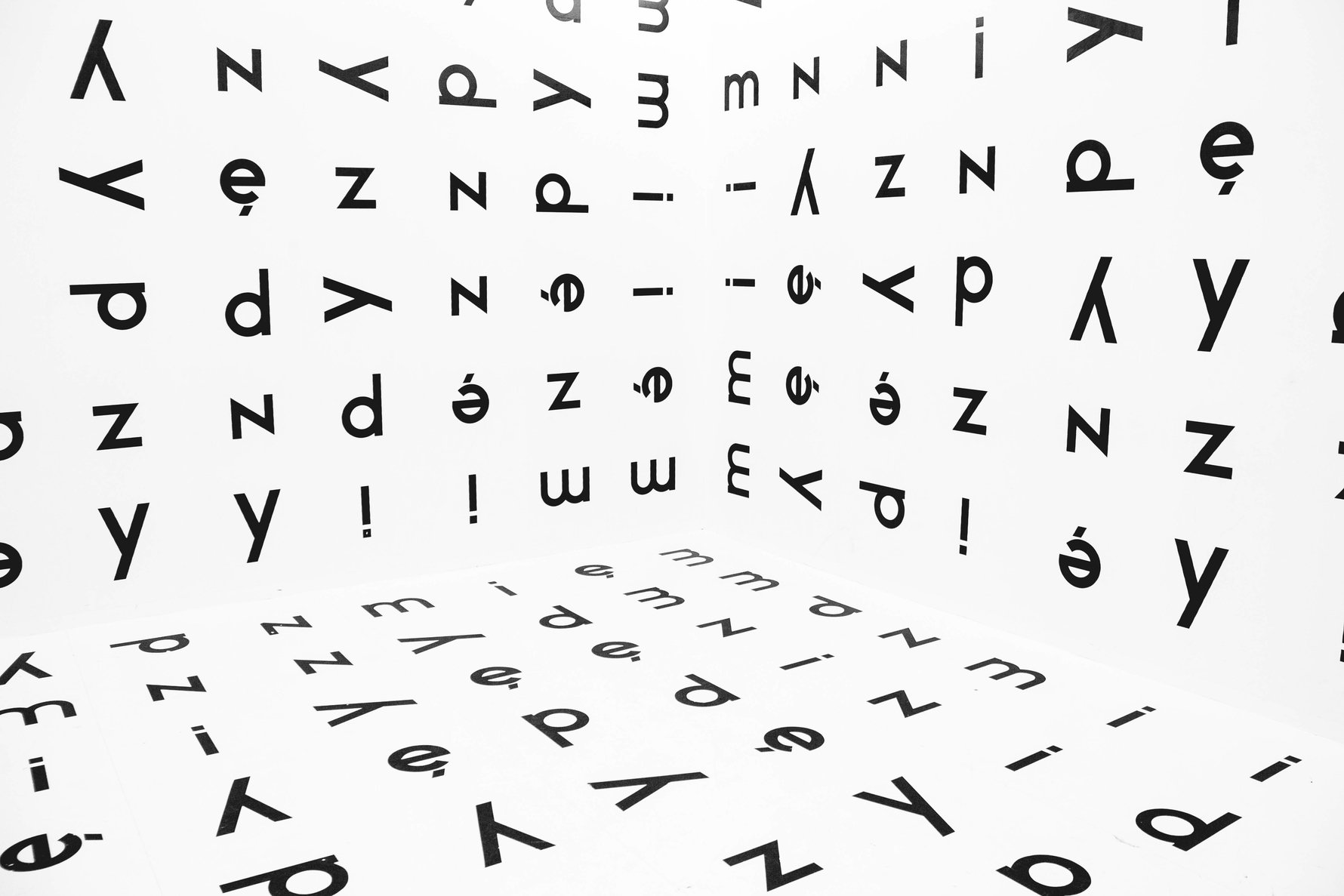
Czartoryski Museum (Kraków)
Originally built in the mid-15th century, this space once stored Kraków's armoury, munitions, cannons and gunpowder. In the 1800s it was rebuilt and expanded into its current neo-Gothic state to hold the vast library and collections of the Czartoryski Princes, until the collection was moved across the street to ul. Św. Marka 17 in the 1960s. Since then Kraków's former Arsenal has been used to showcase various segments of the famous Czartoryski collection, including a long stint as the Gallery of Ancient Art. Closed since the acquisition of the Czartoryski collection by the Kraków National Museum in 2016, the primary collection of the Czartoryski Museum across the street reopened in December 2019, and plans are to reopen the Arsenal with a new exhibit on July 4, 2020.
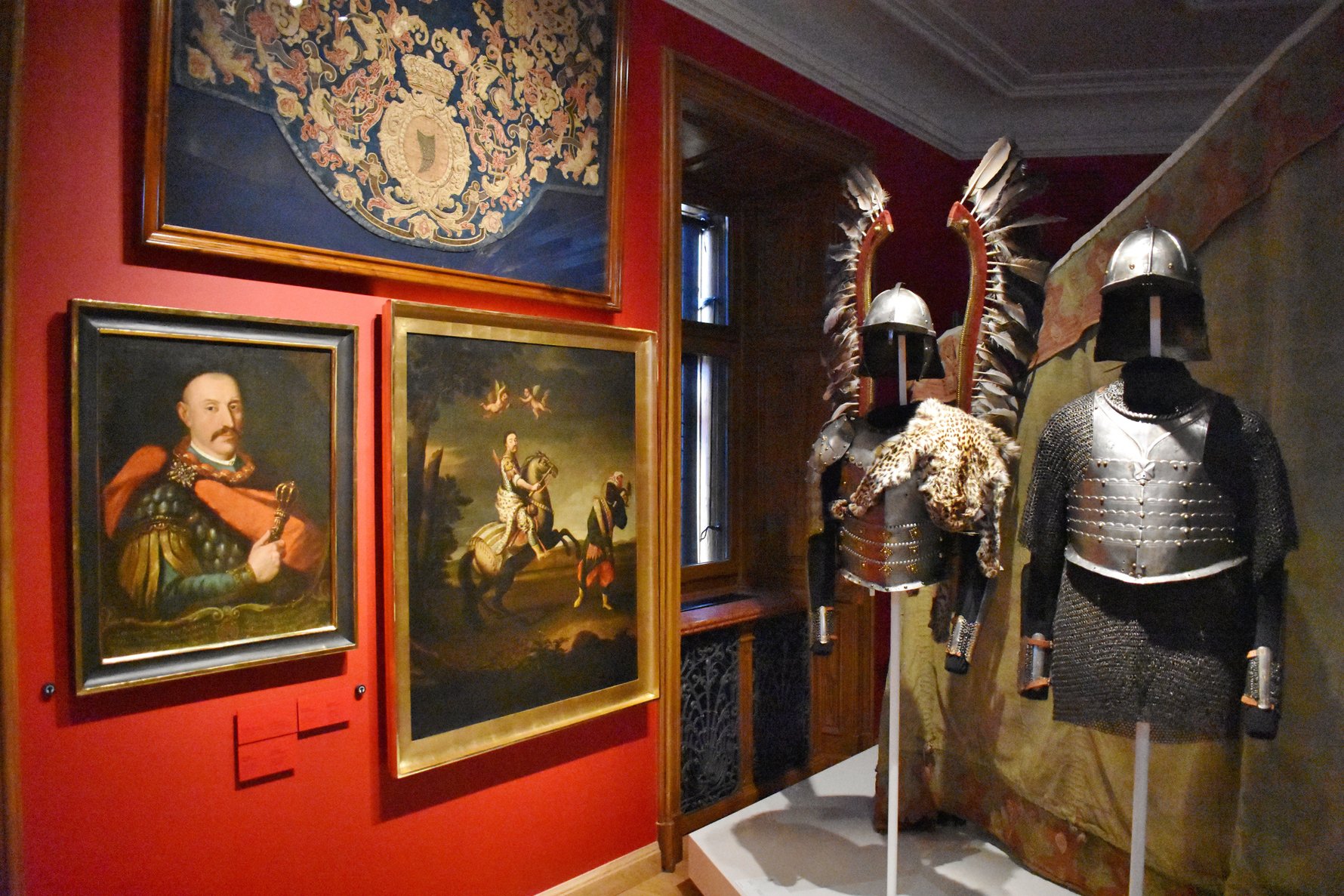
POLIN Museum of the History of Polish Jews (Warsaw)
The world is well-aware of Poland's Jewish history, particularly following the horrific events of WWII. Prior to the holocaust, Poland had long offered safety and tolerance to the Jews of Europe for almost a millennia, and Kraków became a thriving centre for the community. It is therefore appropriate that POLIN, opened in 2014, should be located here, specifically in the Muranów district - the sight of the former Jewish quarter and the subsequent ghetto that replaced it. The building itself, designed by Finnish architect Rainer Mahlamäki, is a stunning new copper and glass structure that evokes the shape of Noah's ark and some other interpretations.
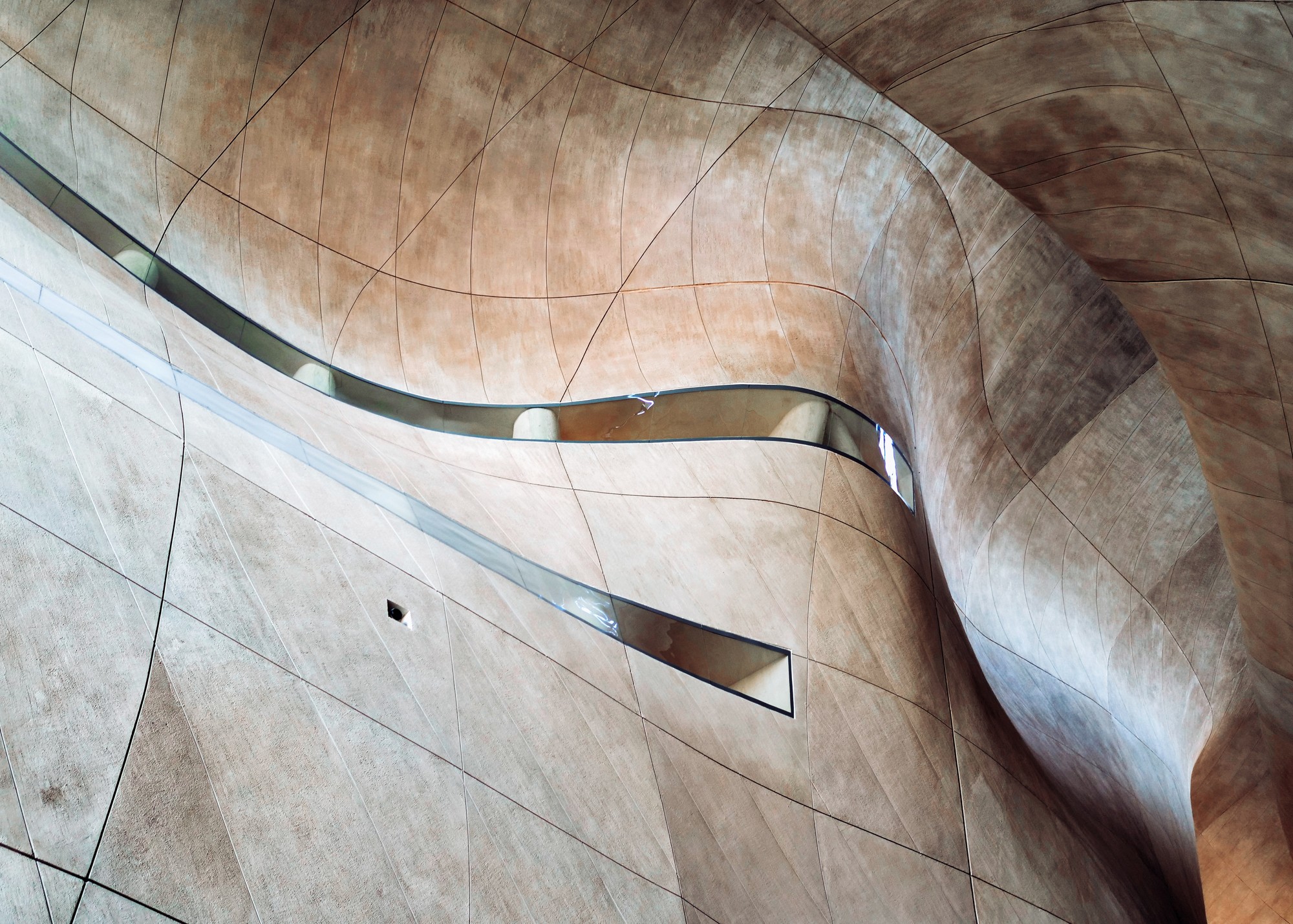
Each of the 8 galleries, spread over 4000m², addresses a different era in the long history of the Jewish people beginning in the forests of the Poland of Duke Mieszko (960-992), where legend has it that the first Jews decided to settle. Fleeing persecution from the east, Jews arrived in a forest where they heard the word Polin, which sounded like the Hebrew expression for ‘Rest here’, hence the name given to this institution. The exhibition goes on to chart the arrival of the first Jewish diplomats and traders throughout the ages when Jews enjoyed social and religious freedoms, in addition to the protection that was not bestowed upon them elsewhere in Europe. The culmination of the exhibition are the calamitous events of the 20th century, which saw the Polish Jewish population nearly wiped out. The centrepiece of the exhibition is a remarkable reconstruction of the roof, painted ceiling and celestial canopy of a lost synagogue in Gwoździec, in what was eastern Poland (now Ukraine). A visit to this museum is essential for those choosing Kraków as a travel destination.
Warsaw Rising Museum (Warsaw)
Opened in 2004, the Warsaw Rising Museum has remained one of Poland’s best museums. Packed with interactive displays, photographs, video footage and miscellaneous exhibits it’s a museum that’s guaranteed to leave a mark on all visitors. Occupying a former tram power station, the 2,000m² space is split over several levels, leading visitors through the chronological story of the Uprising (provided they don’t make any wrong turns, alas, a common mistake). Start off by learning about life under Nazi rule, your tour accompanied by the background rattle of machine guns, dive bombers and a thumping heartbeat. Different halls focus on the many aspects of the Uprising; walk through a replica radio station, or a covert printing press.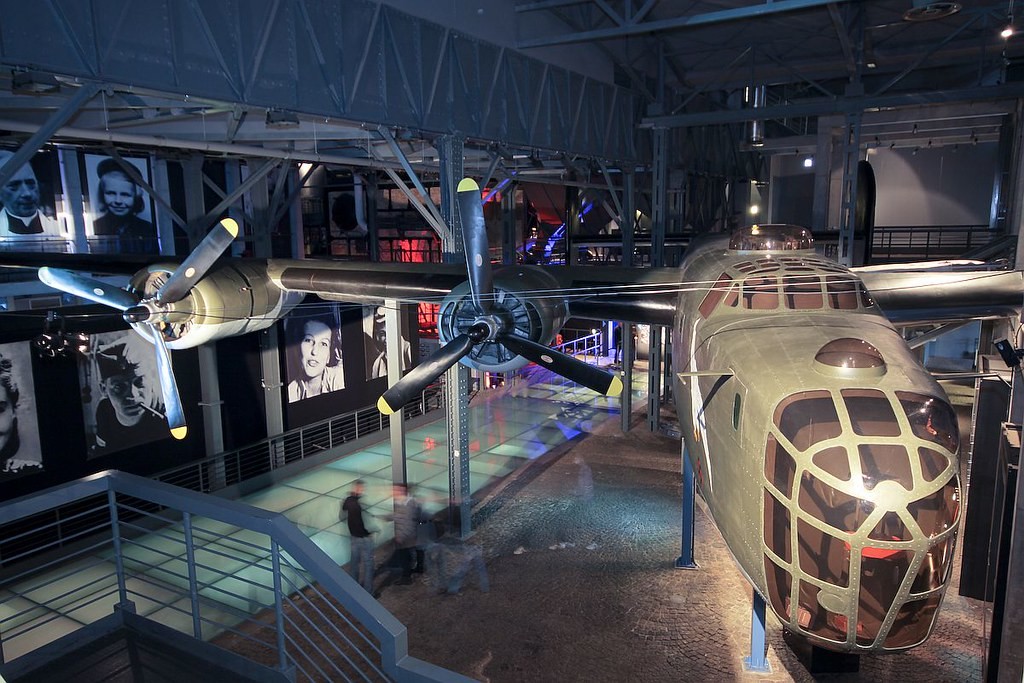
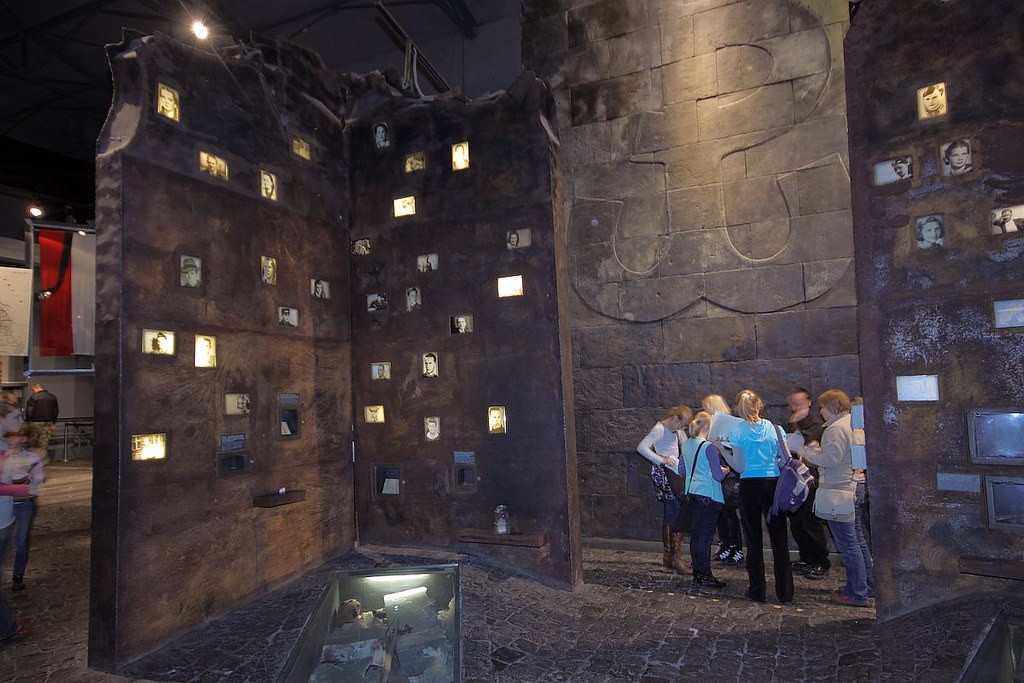
Copernicus Science Centre (Warsaw)
Did you know that the famed astronomer Nicholas Copernicus was Polish? Well...now you do! And it's for this reason that a science centre and planetarium in the nation's capital has earned his namesake! Funded by the EU, the Copernicus Science Centre is many things, including the very best science centre in Europe, one of Warsaw’s top tourist attractions, and - in the words of Poland’s then Education Minister shortly before the opening - an attempt to restate the case for science and research in what can still be an intensely and deeply religious country. Since Copernicus himself was a cynic of the church, this is something of a masterstroke.
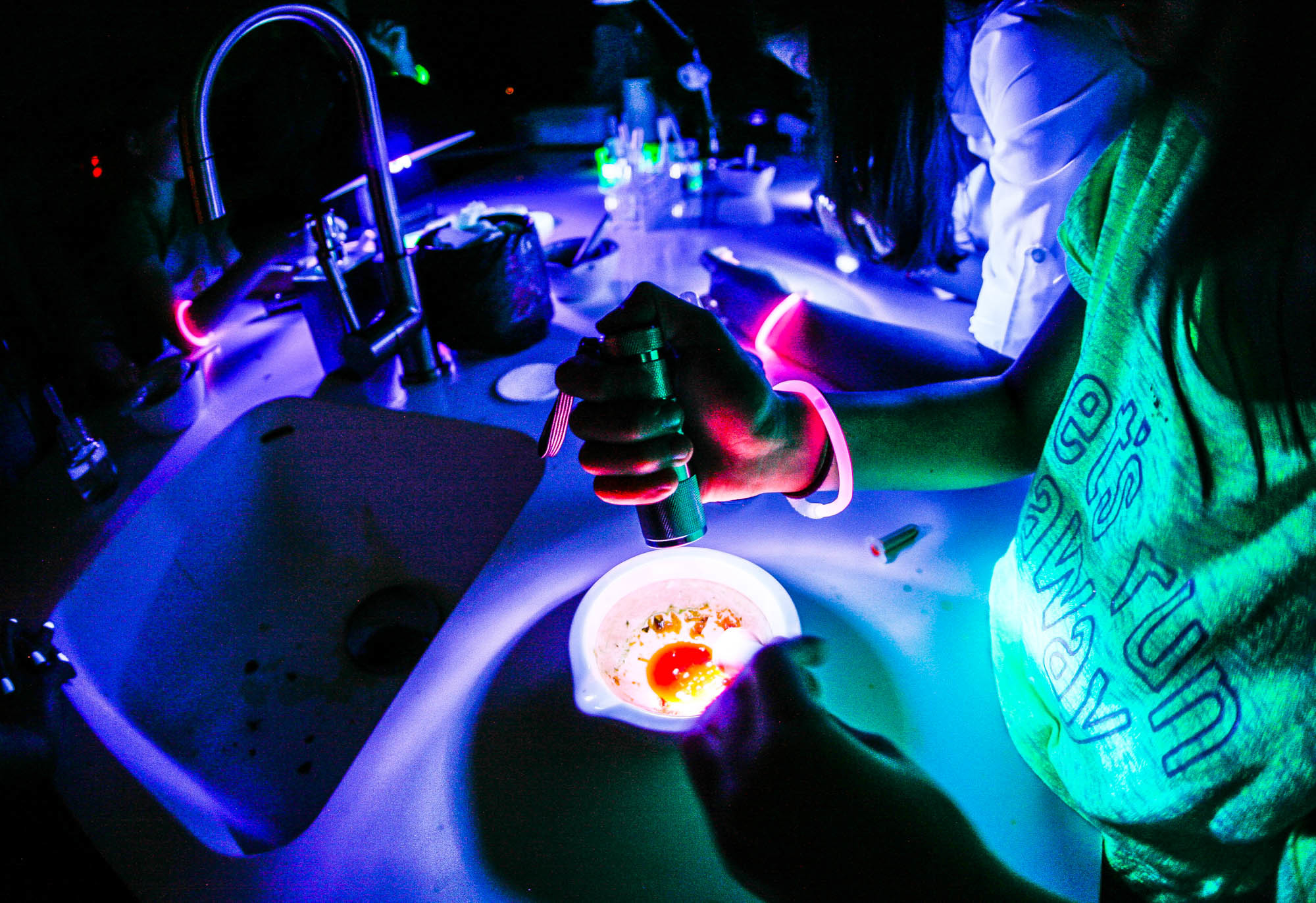
Young families exploring the museum’s numerous thematic areas will find no shortage of interactive fun. Among these, you will find: Bzzz! (aimed at kids between the ages of 0-6), RE:Generation (for young adults) and the remaining section, which has combined previous exhibitions into an Experiment Zone. As with any science centre, each area demonstrates a range of phenomenon by way of experiments, button pressing, quizzes and in some cases physical exertion. There’s a genuine flying carpet, you can pilot a spaceship, take a picture of your own eye (and then try to recognise it among the others photographed that day) or - and this was our favourite - try to outdo animals at their own game by out-hanging an Orangutan or beating a hippo in a race at the arena. There are also four interactive labs dealing with chemistry, biology, physics and robotics that offer supervised experiments for kids over 9. In addition to all that, there’s the Planetarium of the Copernicus Science Centre, which immerses visitors in 20 million stars, and also screens films about natural science (imagine yourself diving into a volcano) and the origins of life on earth!
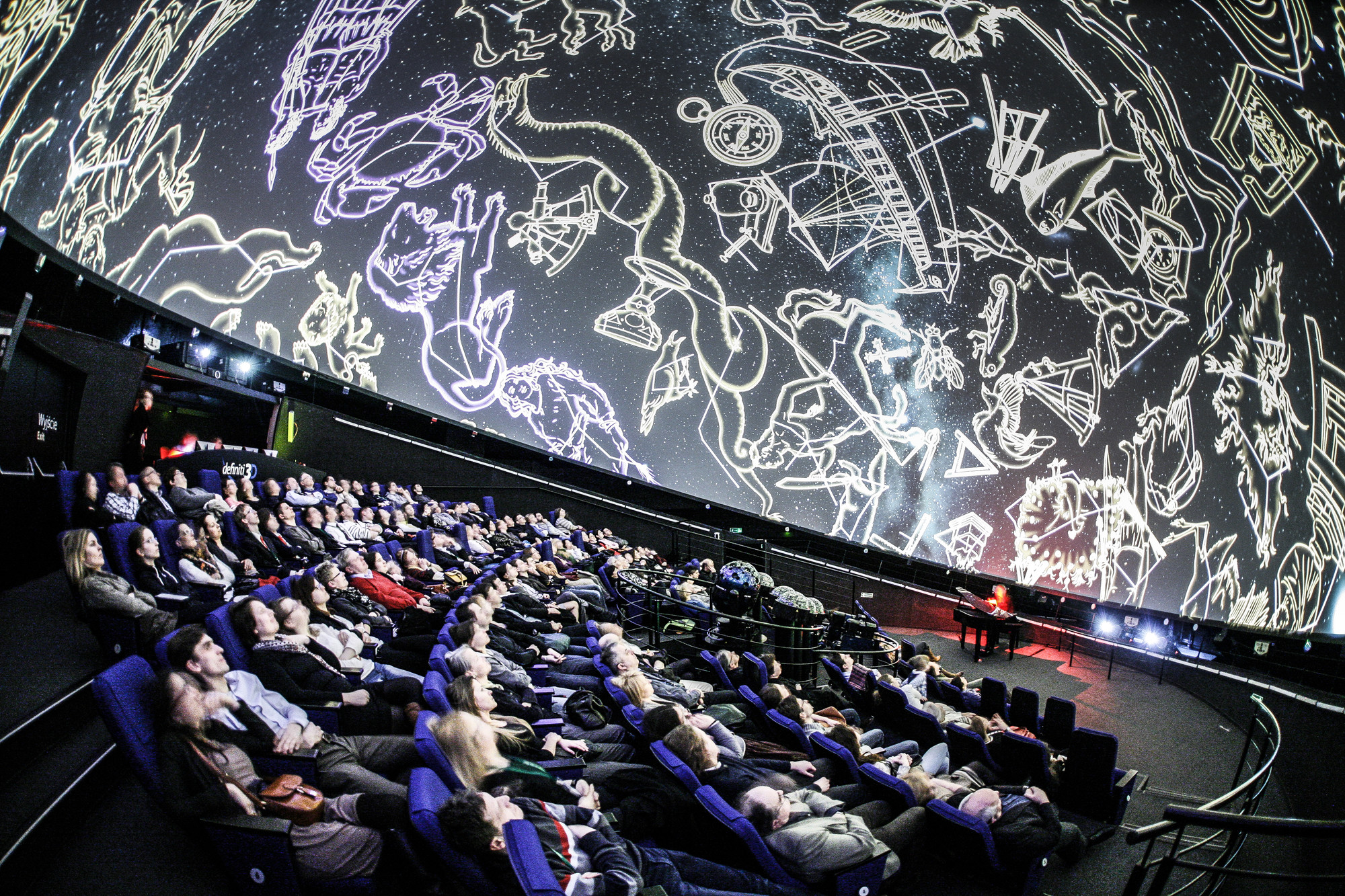
Photo by Wojciech Surdziel.
WWII Museum (Gdańsk)
World War II began with Germany’s attack on Poland at the Polish military base at the Westerplatte Peninsula in Gdańsk on September 1, 1939 and it’s therefore appropriate that this remarkable museum, opened in March 2017, should have been built here. A conflict that would go on claim the lives of an estimated 55 million people is a both a huge and complicated story to tell but this exhibition which tells the story with one eye always on the experience of Poland, does in our opinion achieve that quite brilliantly. In total there are over 2,000 exhibits on display spread over three narrative blocks: The Road to War, The Horrors of War and The War’s Long Shadow. This is divided into 18 thematic sections, which is reflected in the layout of the exhibition rooms.
The Road to War explains the occurence of pre-war political idealogies, Communism and Fascism, notably both of which would divide Poland from the very beginning of the war. Hitler, Mussolini, Stalin and aspects of their propaganda are all expanded upon in a fascinating collection of artifacts, posters and memorabilia. Of the most memorable parts of The Horrors Of War are photos by American journalist Julien Bryan who was in Warsaw as the Germans attacked in September 1939. He recorded what he saw on film for American news and his reporting, showing people trying to deal with the impending doom are quite remarkable. The photo of a young girl kneeling over her senselessly murdered sister left an indelible mark. The exhibition goes onto to tell the story of the war from numerous angles and more incredible exhibits. Each room is arranged with particular sound, lighting and arrangement of design in mind. The final part, The War’s Long Shadow, looks at the aftermath. Europe was divided. Germany was divided. Eventually, Berlin was divided. Poland, the defence of which had caused the UK and France to declare war, was destroyed and abandoned. This part of the exhibition looks at how the world developed on either side of the Iron Curtain and how two blocs faced off for 45 years. With all the small personal touches that bring the 'statistical casualties' to life, not to mention the incredible archival media, installations and designs, we strongly advise that you set aside at least 3 hours to get around this incredible museum!

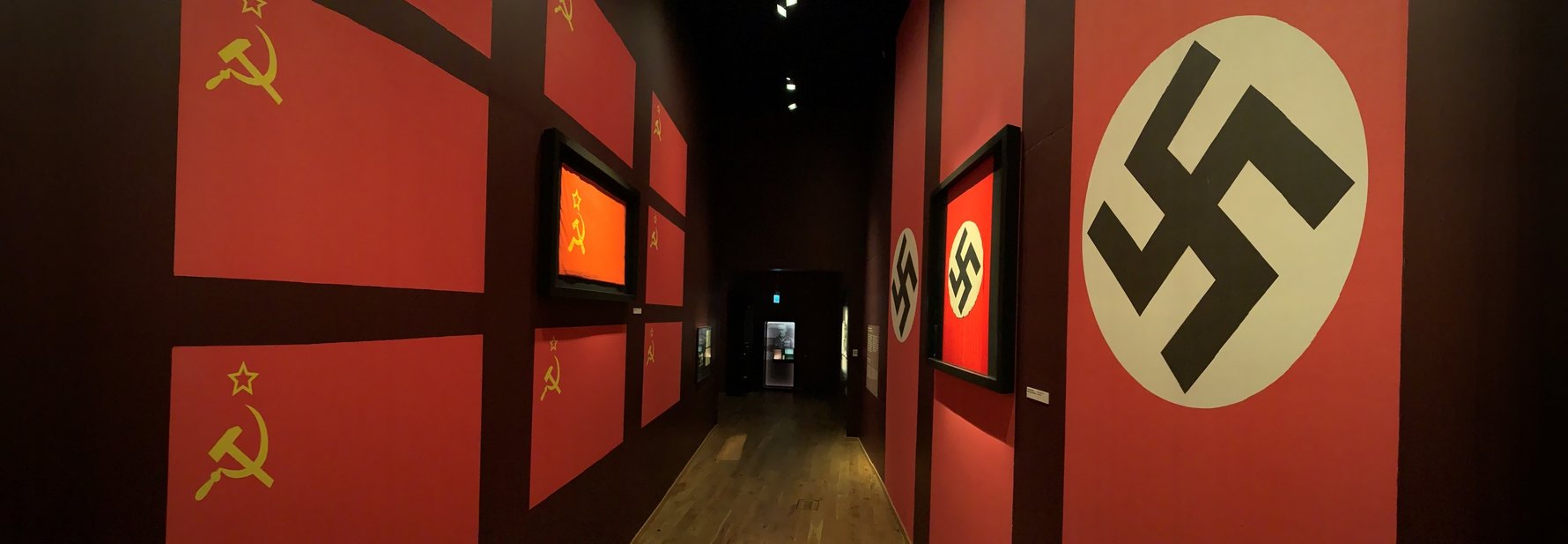
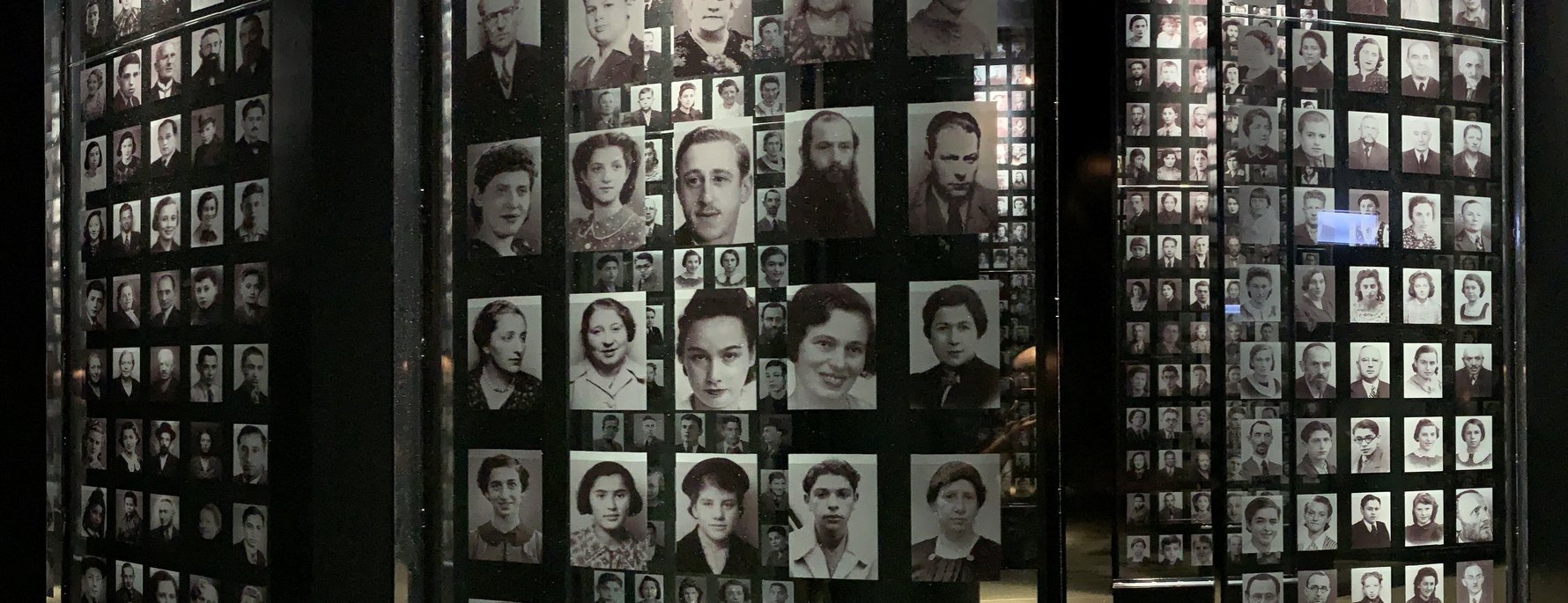
European Solidarity Centre (Gdańsk)
Following the end of WWII, the Communist political system cast a long shadow over many countries in central and eastern Europe, which would ultimately disintegrate in the early 1990s. The first country to achieve democratic change in the so-called 'Eastern Bloc' was Poland, united under the banner of Solidarność (ENG: Solidarity), a trade union movement that originated in the shipyards of Gdańsk. It is here that you will find the European Solidarity Centre, a huge 5-storey facility resembling a huge rusted ship hull that has pierced through the landscape.
The permanent exhibition of the ECS occupies seven different halls over two storeys and a total floorspace of 3,000m². Combining traditional display methods with some truly impressive state-of-the-art technology, the interactive displays offer a wealth of authentic documents and artefacts, 3D projections, photographs and film footage. The narrative it weaves is a long one, beginning with the story of Anna Walentynowicz, the widespread striking in August 1980 following over a decade of tension, and the birth of the Solidarity movement. Lech Wałęsa's emergance as Solidarity's unlikely leader is well-covered, as is the Polish-born Pope John Paul II's visit to his homeland, reigniting the momentum of the movement, whose knock-on effect would lead not only PL, but all the occupied countries of the Communist Bloc down a road to freedom. In the final two sections, the triumph of democratic elections in Poland leads to the emergence of many independent European nations, as they break away from the crumbling Soviet Union. Young families visiting can make use of the ESC Play Department, which is a massive supervised ball room for young children to burn off their energy!


Emigration Museum (Gdynia)
There's a line in the Polish national anthem: "Poland is not yet lost, so long as we still live", reflecting the 123 years when the country had been completely erased from the world map. The numerous conflicts and hardships that have affected Poland in its lifetime have resulted in a millennia of emigration abroad. In many ways, it's these people and their stories that have kept the Polish national identity alive and well for so long! Today, Poland is the sixth largest diaspora in the world, found alive and well in places like the USA, Australia, France, Argentina and even Brazil and Azerbaijan.
The building in which the museum’s calls home is also particularly noteworthy, located in the old passenger terminal in Gdynia's Port, beautifully renovated and filled with moving installations and multimedia displays. Beginning with the foundation of the Polish state in the late 10th century, Poland quickly drew settlers from surrounding areas, including European Jews who were offered a safe space from the persecution they experienced elsewhere. From the earliest days of the nation's history, the most accomplished of those who identified as being Polish set out to make a name for themselves abroad. This trend would continued right up into the 19th century, when the Polish intelligensia began fleeing the perils of the partition period, and became the foundation of many expat communities in places like France. There is a further emphasis on the world wars and the move that Poles made to escape the trauma of conflict, as well as Gdynia's development as Poland's major port on the Baltic, which further allowed for emigration abroad. In more recent history, Poland's transition from communism to democracy and its 2004 inclusion in the European Union further gave Poles the opportunity to seek new opportunities abroad, all the while maintaining a strong cultural connection with the homeland. Visitors of Polish descent also have the opportunity to use the genealogical services outside of the main exhibition, meaning there's more than one reason visit!
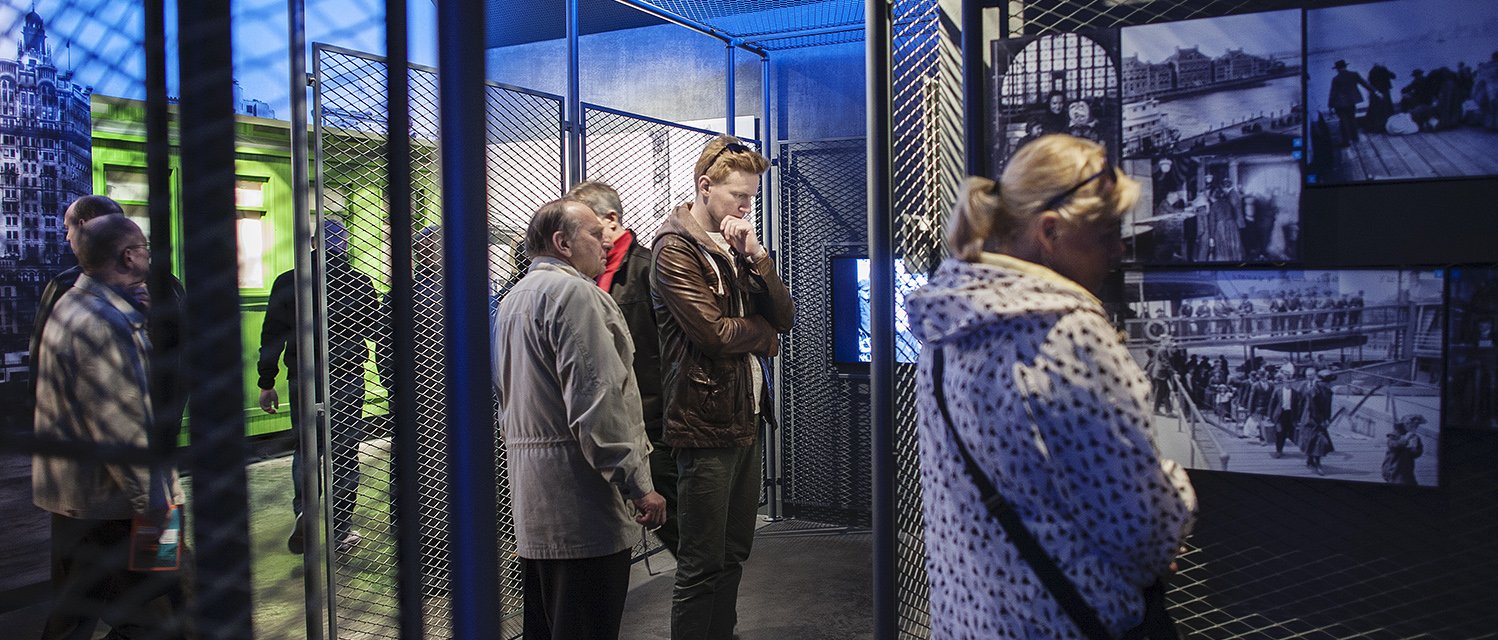
Wrocław National Museum (Wrocław)
Located in a gorgeous ivy-covered Dutch Neo-Renaissance building from the 19th century, Wrocław's National Museum houses one of the largest collections of Polish art. While the collections may not be the best in Europe, the interior is breathtaking, and there is a certain aura to the setting that makes this a must for art history buffs. There are five permanent exhibits:Silesian Art of the 12-16th centuries including lots of stone sculpture work and medieval religious art.
Silesian Art of the 17-19th centuries covering the Renaissance up to the beginnings of Modernism.
Polish Art of the 17-19th centuries including national artefacts and historical paintings by Gierymski, Grottger, Malczewski and Matejko.
European Art of the 15-20th centuries following the leading artistic movements with work by Pieter Brueghel the Younger, Agnolo Bronzino, Cosimo Rosselli, Raphael’s father Giovanni Santi, and Wassily Kandinsky.
Masterpieces of Eastern handicraft displayed in the building's attic.

Silesian Museum (Katowice)
Identified by the imposing mine shaft that emerges on the skyline as you approach it from the city (this tower offers some spectacular views of Katowice and other close-lying Silesian suburbs), the collection of six museum buildings at its base is spread out over four underground levels and has a floor area of nearly 25,000 m² (6,000 m² is devoted to exhibition space, both permanent and temporary) all of which has been adapted from the former tunnels, shafts and workshops of the Katowice Coal Mine. Begin your journey in the Gallery of Polish Art (1800 - 1945) which presents an absolutely stunning collection of paintings by Polish and Silesian masters including Jan Matejko, Stanisław Wyspiański, Olga Boznański and Józef Mehoffer. Wandering through the spacious galleries you quickly realise that there is an abundance of natural light illuminating the space and the function of the giant mysterious glass buildings up top becomes abundantly clear. The historical portraits, landscapes and depictions of daily life gradually begin to take a turn for the impressionistic and surrealistic as you quickly cross over into the Gallery of Polish Art (after 1945). For fans of modern and conceptual art, you will find many impressive works demanding your time and attention. Look out for the striking works of Tadeusz Kantor and Władysław Hasior, Zdzisław Beksiński, Jerzy Nowosielski and Grupa Łódź Kaliska.
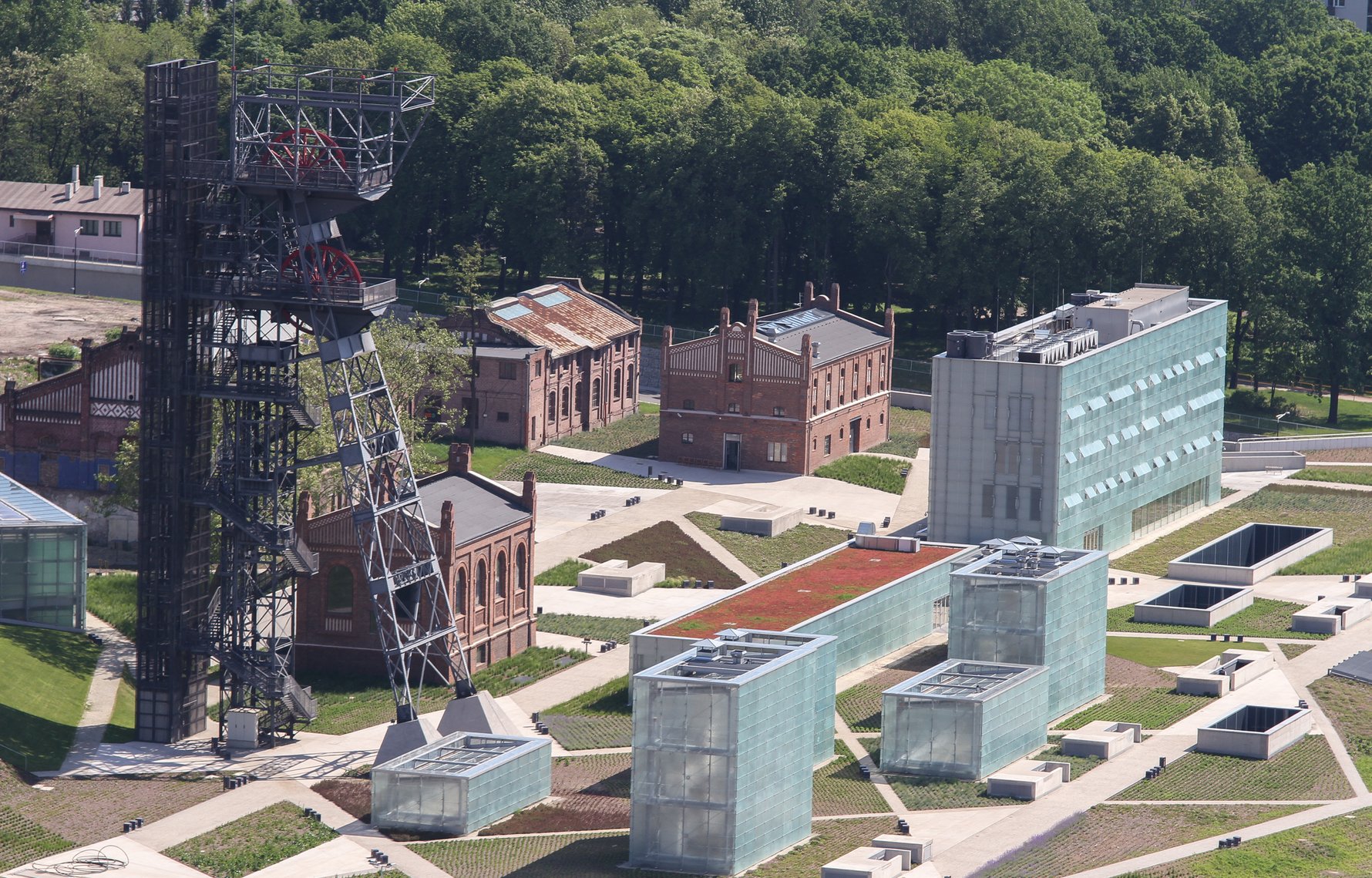
The next exhibition is the Gallery of Non-professional Art and it acts as a gateway to the strictly Silesian-themed exhibitions. Non-professional art (aka 'naive art,' 'outsider art' or 'art brut') has had a strong presence in Silesia since the industrial revolution and is implicitly tied to Silesian history and identity. The colourful works in this collection reflect the Silesian holy trinity ethos of “God, work, family.” Especially important to note are the works of the members of the Gwarek 58 group many of which are implicitly tied to the Katowice Coal Mine itself. Also of note are the fantastical works of the so-called “Outsiders.” Follow the elegant white ramps which lead you down deeper into the belly of the beast and deposit you on the -4 level. At the far end there is a small gallery of Silesian Sacred Art and immediately to your left is the entrance to the very heart of the Silesian Museum - the exhibition entitled The Illumination of History: Upper Silesia through the Ages. This is one of the most informative and enjoyable historical exhibitions we have ever visited! We highly recommend, no, strongly encourage you to stop whatever you are doing right now and go visit this truly groundbreaking exhibition for yourself! All of the exhibitions are subtitled in Polish, German and English.
Wieliczka Salt Mine (Wieliczka, near Kraków)
Kraków is without a doubt one of the most popular tourist cities in Central Europe, and as you’ve likely heard, one of its top tourist attractions is a salt mine actually located in Wieliczka—a small town about 15km to the southeast. Over the years, notable guests including Nicolaus Copernicus, Johann Wolfgang von Goethe, Fryderyk Chopin, Ignacy Paderewski, Pope John Paul II and former US president Bill Clinton. Not only is Wieliczka Salt Mine a World Heritage Site, but it has the distinction of having been included (along with Kraków’s Old Town and Kazimierz districts) on UNESCO’s first-ever World Heritage List back in 1978 (you know, back when being a World Heritage site actually meant something). Additional accolades aside, this unique industrial heritage site has been a popular destination for centuries and if you’re visiting Kraków for more than a few days, you should consider a short side trip out to Wieliczka. Though tourist agencies will try to convince you otherwise, bear in mind that a trip to Wieliczka does occupy the better part of a day.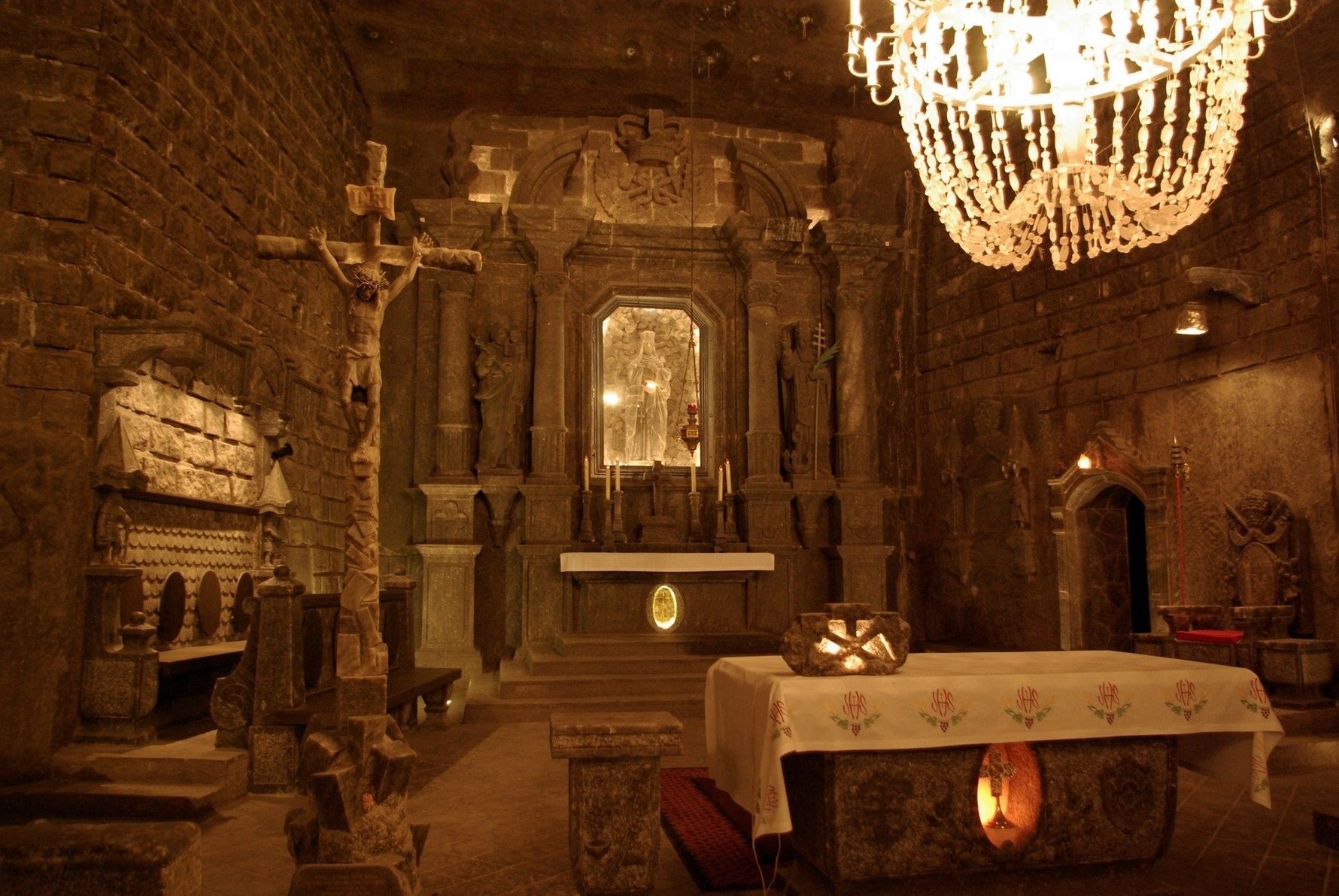
Visiting this underground realm can be done in a number of ways. Most popular is the traditional ‘Tourist Route,’ which leaves from the Daniłowicza Shaft and covers the most impressive parts of the mine, including ancient mining tools and technology, saline lakes, and numerous majestic chambers and chapels, particularly St. Kinga’s Chapel. An alternative option is the more interactive ‘Miners' Route,’ which leaves from the Regis Shaft and involves participants being assigned a role by the foreman/tour guide and experiencing the daily routines, rituals and secrets of working underground.
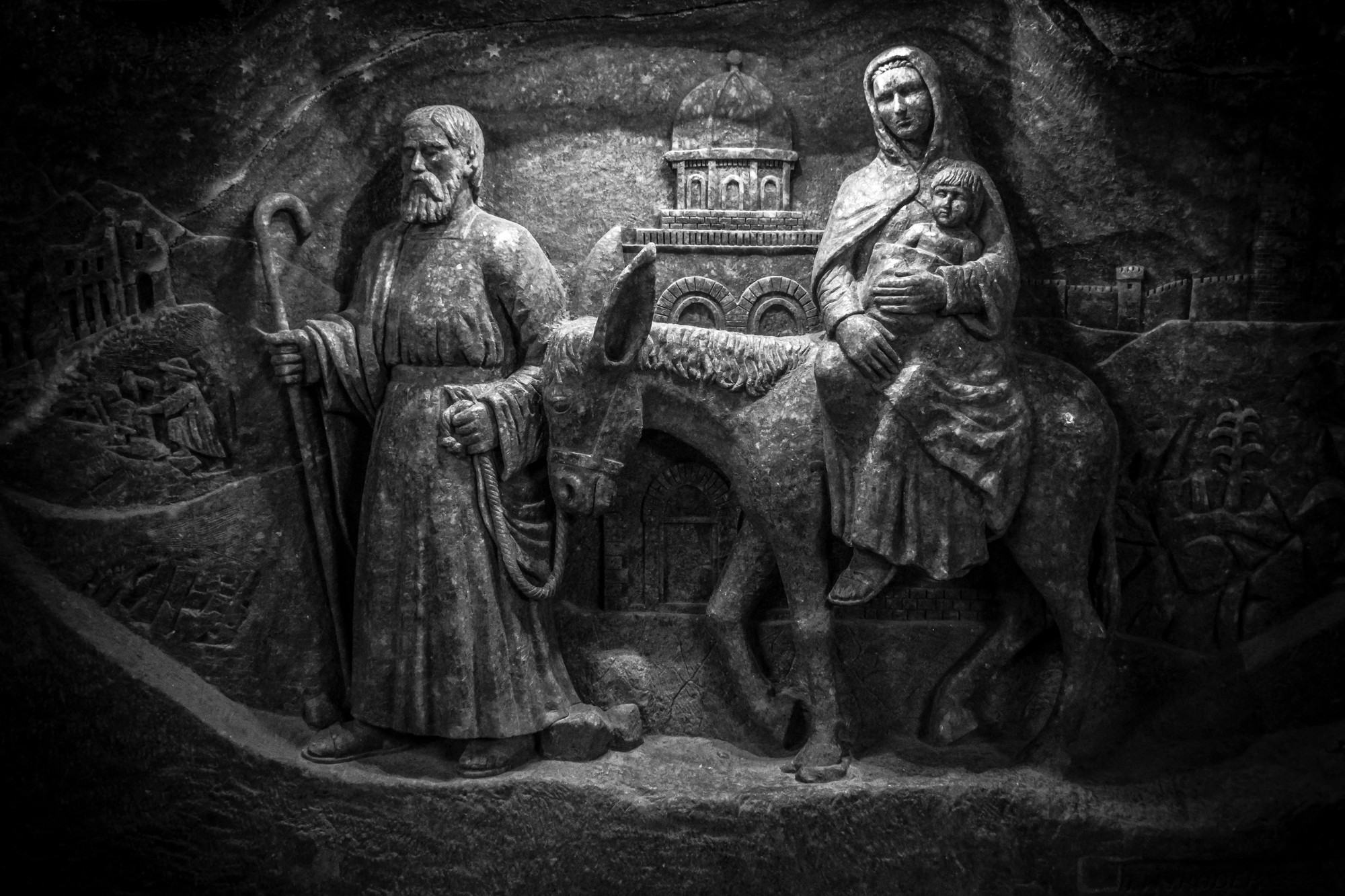
Guido Museum (Zabrze, near Katowice)
Constructed in 1855, a visit to Zabrze’s Guido Coal Mine allows hard-hatted adventurers to plunge an initial 170m below ground, via a rattling cage elevator, while learning about the world of coal extraction. From there it’s non-stop action as visitors view numerous tunnels and shafts that look just like they did at the height of the Industrial Revolution. Three separate tours are available, each descending deeper into the mine and with more protective gear required (included in the price). Along the way are numerous pieces of clunky, rusty machinery, including drainage pumps from 1914 and various drilling equipment that looks like it could have played a part in that hangover you had on New Years’ Day. This is a full-on interactive masterpiece that doesn’t just settle for displays of Davy Lamps and long-dead equipment. Of course, it does that, but it also goes further with sound effects (braying horses and equipment going ‘kerchung, kerchung’), and a separate ‘art floor’ consisting of multimedia exhibits and cinematic presentations. The descent continues to -320m where you can travel by the Wuppertal suspension railway, visit Europe's deepest underground bar, Pub 320, in the Pump Hall, or maybe even see a concert, exhibition or another cultural event which are often held here. Going further still to -355m, this is where you get to roll your sleeves up and experience the real life of a miner using various pieces of equipment, under the watchful eye of former miners.

Wawel Castle (Kraków)
The glorious ensemble that is Wawel, perched on top of the hill of the same name immediately south of Kraków Old Town, is by far the most important collection of buildings in Poland. A symbol of national pride, hope, self-rule and not least of all fierce patriotism, Wawel offers a uniquely Polish version of the British Buckingham Palace and Westminster Abbey rolled into one. A gorgeous assortment of predominantly Romanesque, Renaissance and Gothic architecture dating from around the 14th century onwards, Wawel is the crown jewel of Kraków's architectural treasures and required visiting for Poles and foreigners alike.
Even for those who know or care little about the country’s past, Poland’s ancient seat of royalty contains a vast wealth of treasures inside its heavily fortified walls that can’t fail to inspire. Made up of the Castle and the Cathedral, of which the former contains most, but by no means all of the exhibitions, Wawel’s must-see highlights include the opulent State Rooms, a tantalising glimpse of Poland’s very own crown jewels inside the Crown Treasury, the historical interiors of the Cathedral, and - weather permitting - a leisurely stroll around all the castle courtyards and open spaces. The Royal Crypts offer a cold and atmospheric diversion as the final resting place of kings and statesmen – most recently former president Lech Kaczyński – while at the top of a gruelling wooden series of staircases is the vast, 11 tonne Sigismund Bell - so loud it can supposedly be heard 50km away. On the side of the hill where the castle resides is The Dragon's Den, a spectacular limestone cave that is still the home of a legendary dragon!
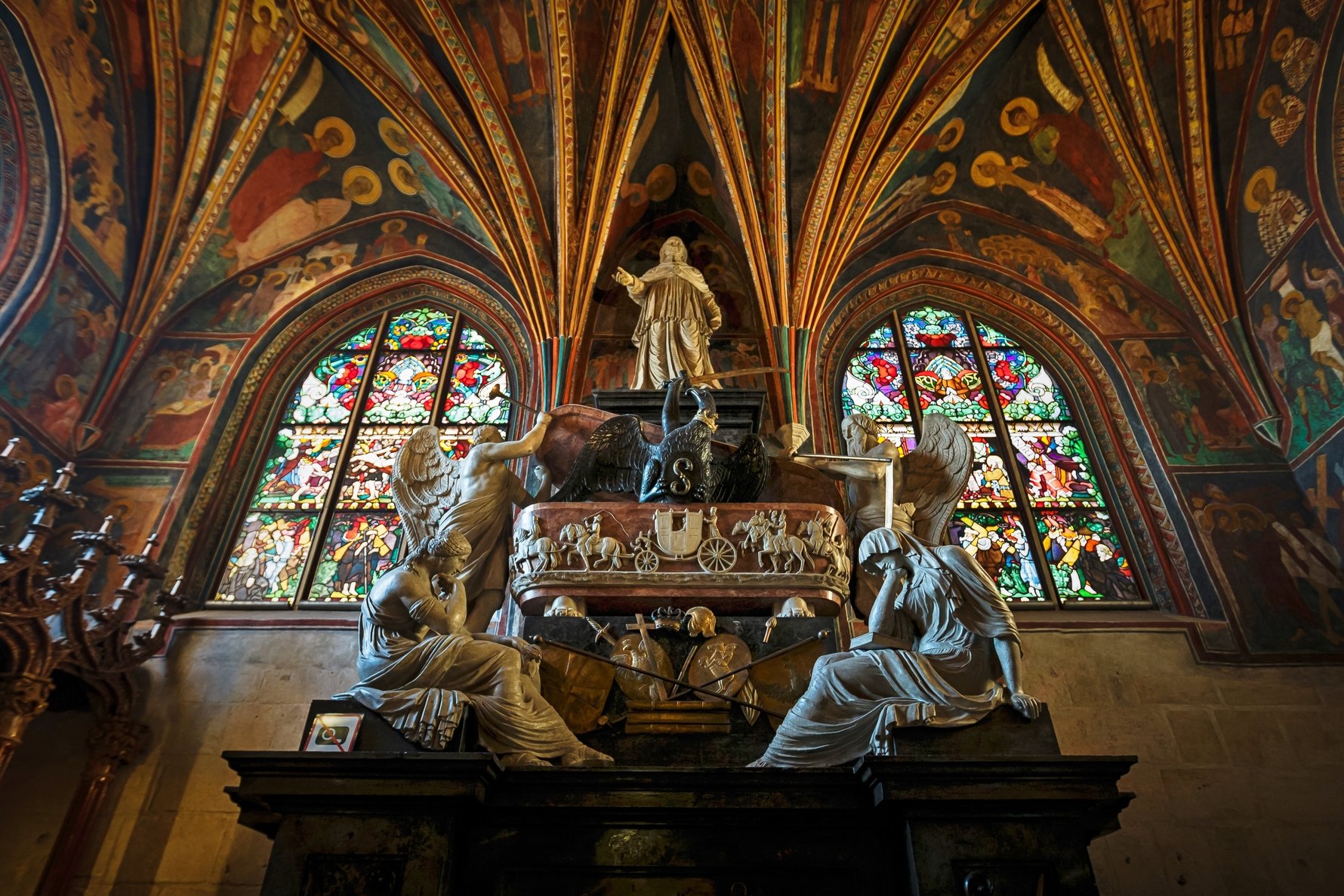
Łódź Art Factory (Łódź)
This is a cultural centre that packs a punch. Not only is it a former industrial site, once part of Łódź's famous Księży Młyn complex, the Art Factory is home to Art Inkubator, the Chorea Theatre and the Łódź Art Center. The latter of these frequently hosts exhibitions and gallery events of all types, not to mention regular world-class concerts, theatre projects, modern and/or traditional art and everything in between. There's even a cafe available for visitors, for those just wishing to take a peek at the architectural mix of old and new - adaptive reuse is something that Łódź is known for. The aforementioned 'inkubator' is home to small businesses, start-ups and art spaces, so it's not unusual that its large open floors can be used as an impromptu club and nightlife space. This is an absolutely essential part of the Łódź cultural landscape and is highly recommended for a visit.
Hydropolis (Wrocław)
Just about halfway between the Old Town and the Centennial Hall in Wrocław, you'll find a 1893 neo-Gothic water tank turned high-tech multimedia museum dedicated - most appropriately - to the very stuff it used to hold. Divided into seven thematic parts and started off with a short 360-degree film that takes you from the Big Bang to nucleosynthesis to the formation of planets to the origin of Earth's aqua, Hydropolis is a friendly-for-all-ages discovery zone where visitors can peek at creatures found in a drop of water, spin an Archimedes' screw, sit in a replica of the Trieste bathyscaphe, which made a descent to the bottom of the Mariana Trench in 1960, or kick back in the sea-sounds-and-bioluminescent-jellyfish relaxation space. Informative and impressively designed, this is one experience we wholeheartedly recommend.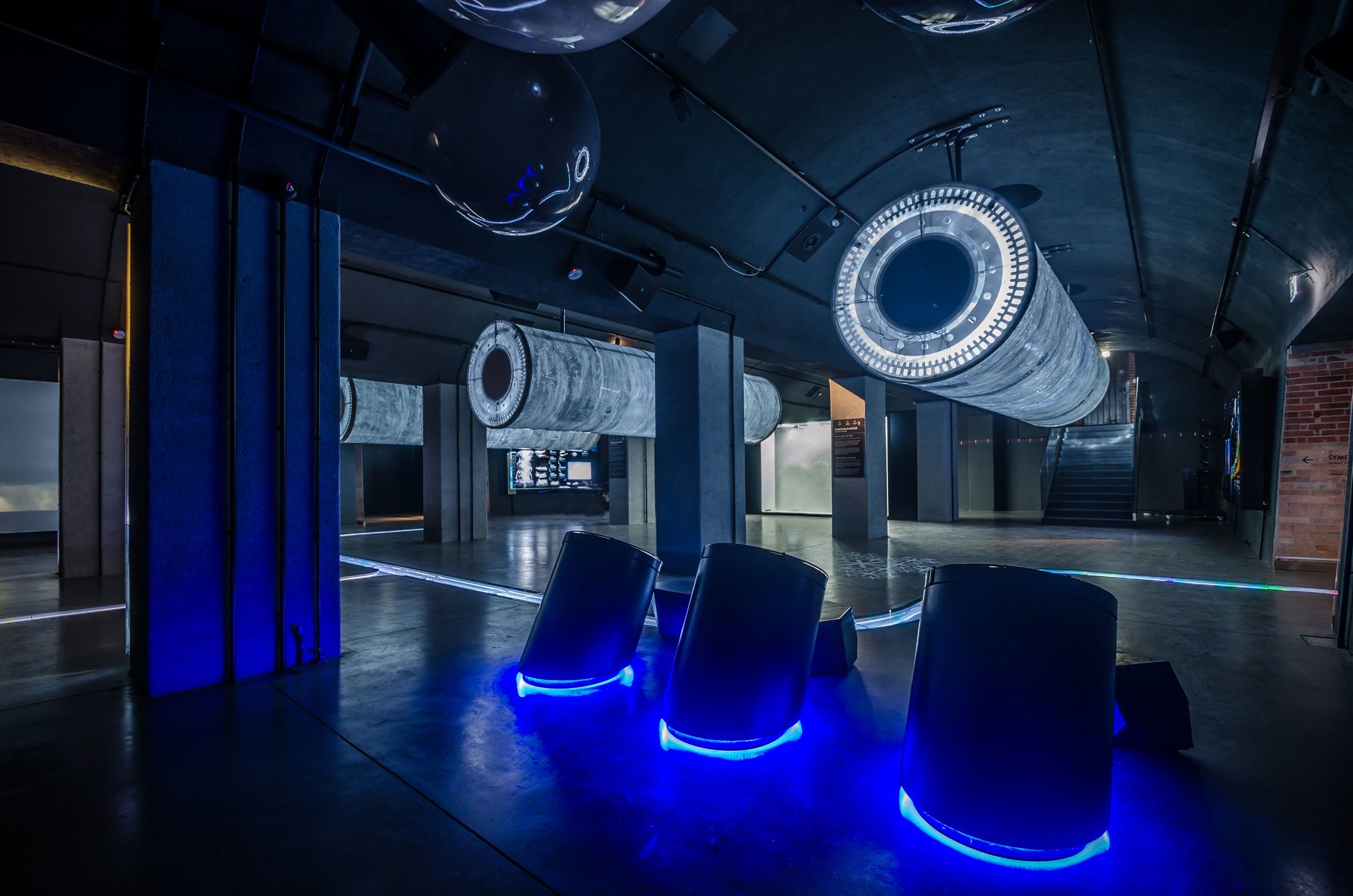
Auschwitz-Birkenau Concentration Camp (Oświęcim, near Kraków)
A name synonymous with the holocaust that claimed 6 million lives between 1939 and 1945, visitors to Kraków and Katowice are faced with asking themselves whether or not they will make the effort to visit Auschwitz. Having been there, we can tell you that all of these explanations for avoiding Auschwitz are perfectly reasonable until you’ve actually visited the site; you’ll be hard-pressed to find anyone who has made the trip and still argues against going.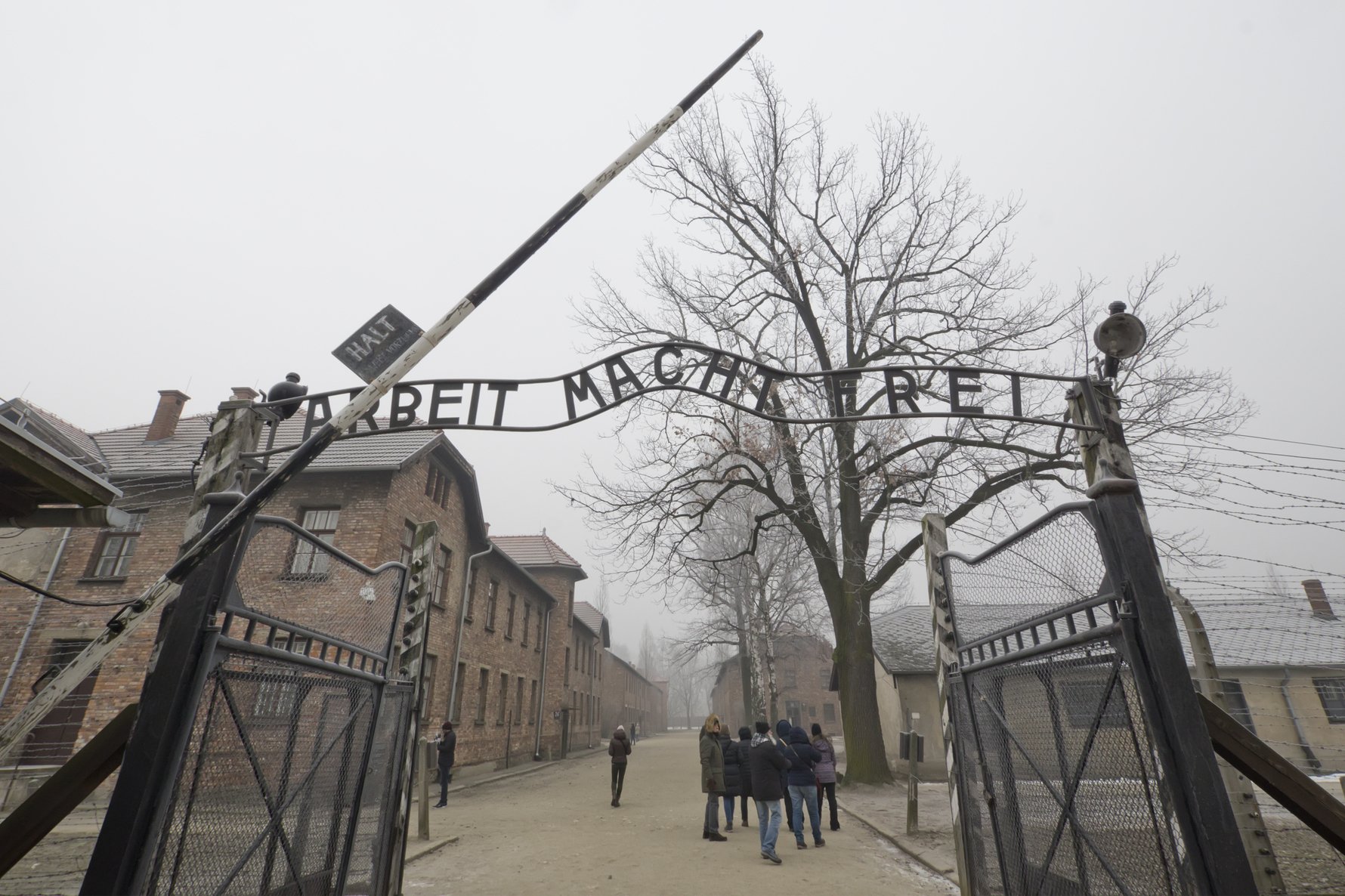
The Auschwitz Museum and tour present one of the most horrific acts in human history with a level of tact, passion, poignancy and professionalism that is so profound, it almost makes as lasting an impression as the site itself. Without being heavy-handed, the history of the site is presented in all of its contexts and guests are perhaps spared from fully surrendering to their emotions only by the sheer relentlessness of the information. No matter how much you think you know about the subject, the perspective gained by visiting is incomparable. Whether or not you choose to go to Auschwitz is up to you to decide. However it should be understood that Auschwitz is not a site of Jewish concern, Polish concern, German concern, Gypsy concern, historical concern... It is a site of human concern. As such, we believe everyone should visit.
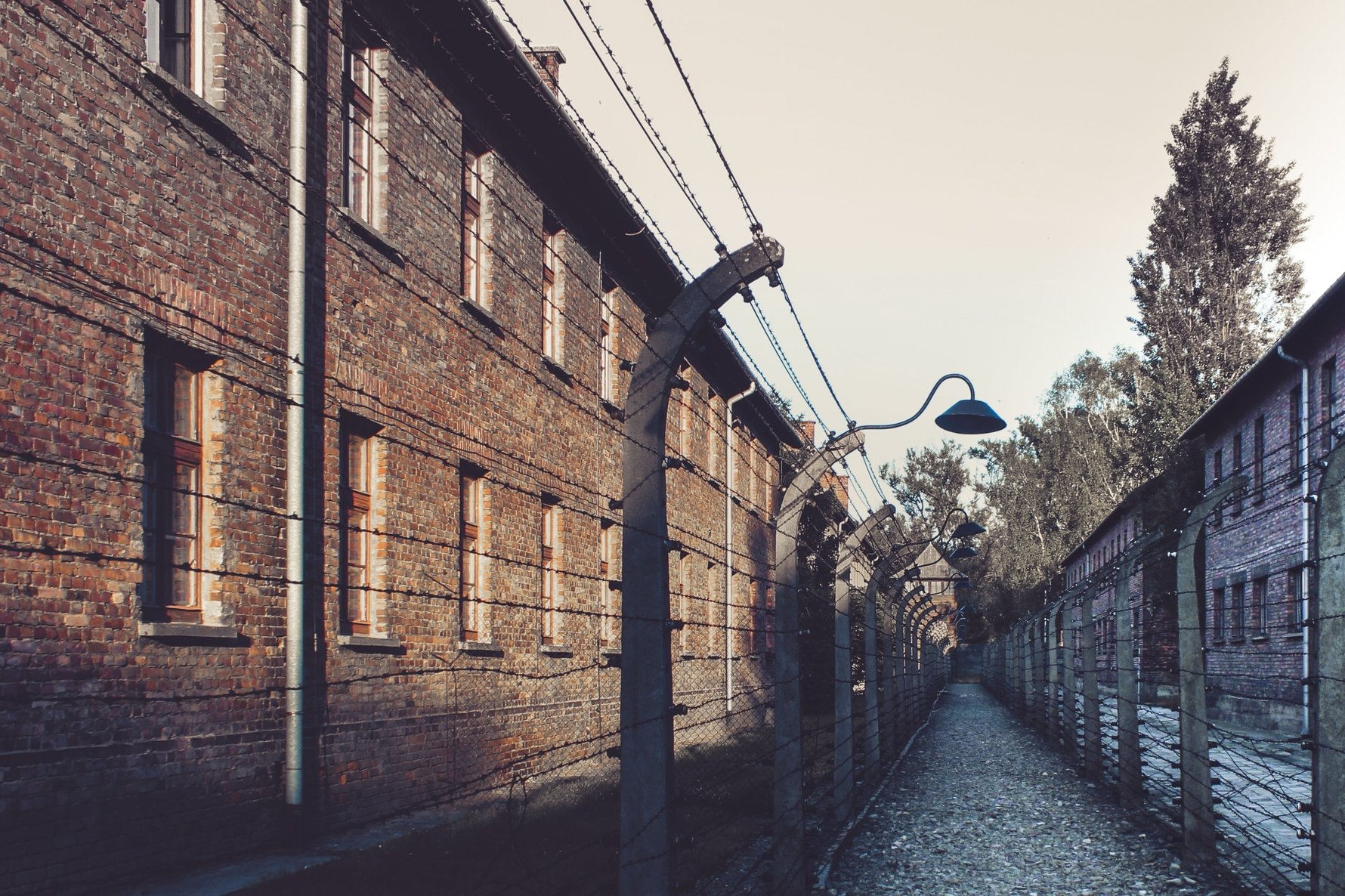
Malbork Castle (Malbork, near Gdańsk)
Malbork Castle is one of the country’s most impressive historical sites and attracts hundreds of thousands of visitors every year. Ongoing renovation is returning more of the castle to its original look and it is quite easy to spend a whole day here discovering each area of its grounds. Made up of three distinctly different ensembles known as the High Castle, Middle Castle and Outer Bailey and surrounded by a vast dry moat, the most impressive sights all lie within the High Castle, the Brethren Knights’ original monastery, and the Middle Castle which served as the centre of the Teutonic Knights’ political activity.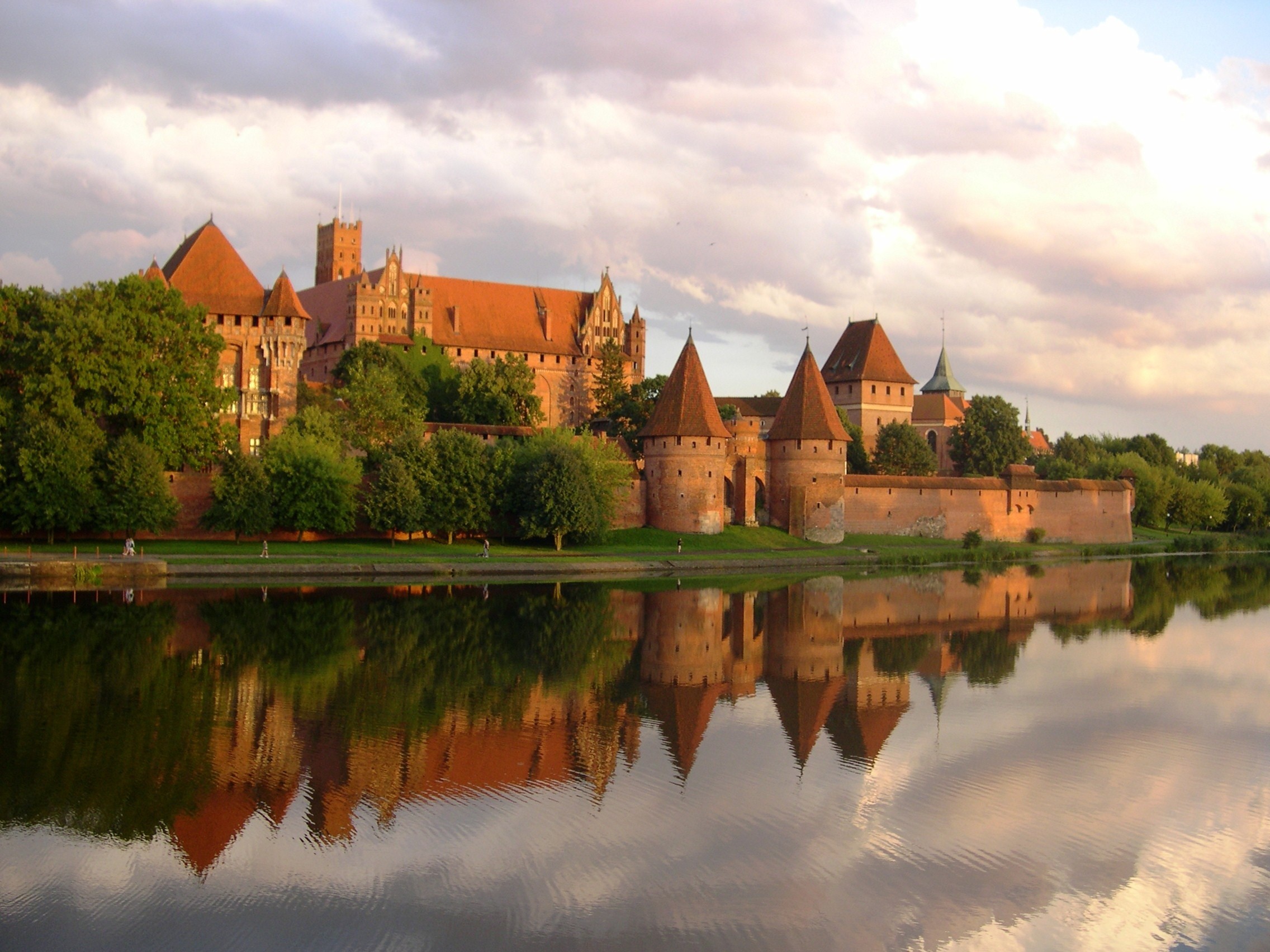
Among the jaw-droppingly awesome collection of buildings, impossible to miss are the 14th-century Palace of the Grand Masters, the original residence of the so-called Grand Master of the Teutonic Order. The vaulted interiors are marked by columns that fan out like palm trees, supposedly to remind the knights of their Palestinian roots, and it’s inside the main refectory you’ll find one such palm supporting an entire ceiling - a cannonball hole can be spotted on a nearby wall from when Polish soldiers tried to collapse the pillar. They missed by just the narrowest of margins, the result of their vandalism still in evidence. Also to visit is the breathtaking St. Mary’s Church, the Grand Masters’ final resting place and the impressive courtyard in the centre of the Middle Castle. Many rooms are open to the public, including during the summer a wonderful recreation of the Castle’s mill hidden away in a garden in the southwest corner of the High Castle. In contrast to the spartan, simple style of the Grand Masters Chambers the rest of the castle is a trove of treasures, and includes an enormous collection of weaponry as well as an amber exhibition. Other rooms are devoted to the Teutonic life and feature the requisite collection of armour, flags and goblets.
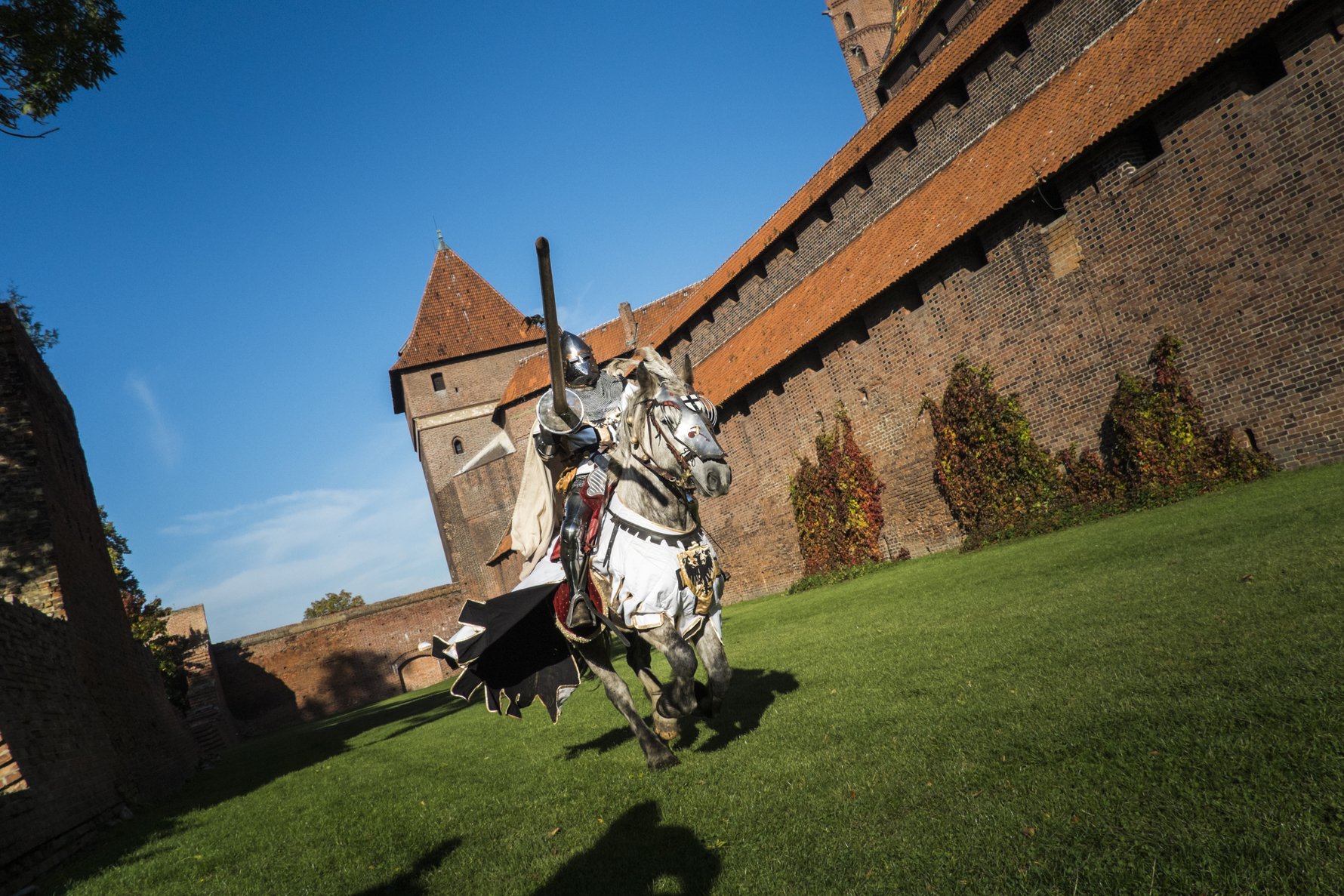
19th Century Polish Art Gallery (Kraków)
Kraków's oldest and, in our opinion, most underrated museum. This magnificent and historic exhibition inside the Cloth Hall covers Polish art from in and around the 19th century, and its major trends of portraiture and epic historical painting. Comprising just four rooms, the museum is refreshingly small, giving proper attention to each piece, some of which are enormous and all of which are gorgeously framed. Almost everything by Jan Matejko here is rightly considered a national treasure, and the collection also includes works by Jacek Malczewski, Józef Chełmoński and Stanisław Witkiewicz, as well as Władysław Podkowiński's famous Frenzy of Exultations from 1894. Like a small slice of the Louvre in Kraków, but without the crowds, one of the perks of a visit is access to the magnificent balcony overlooking the market square.
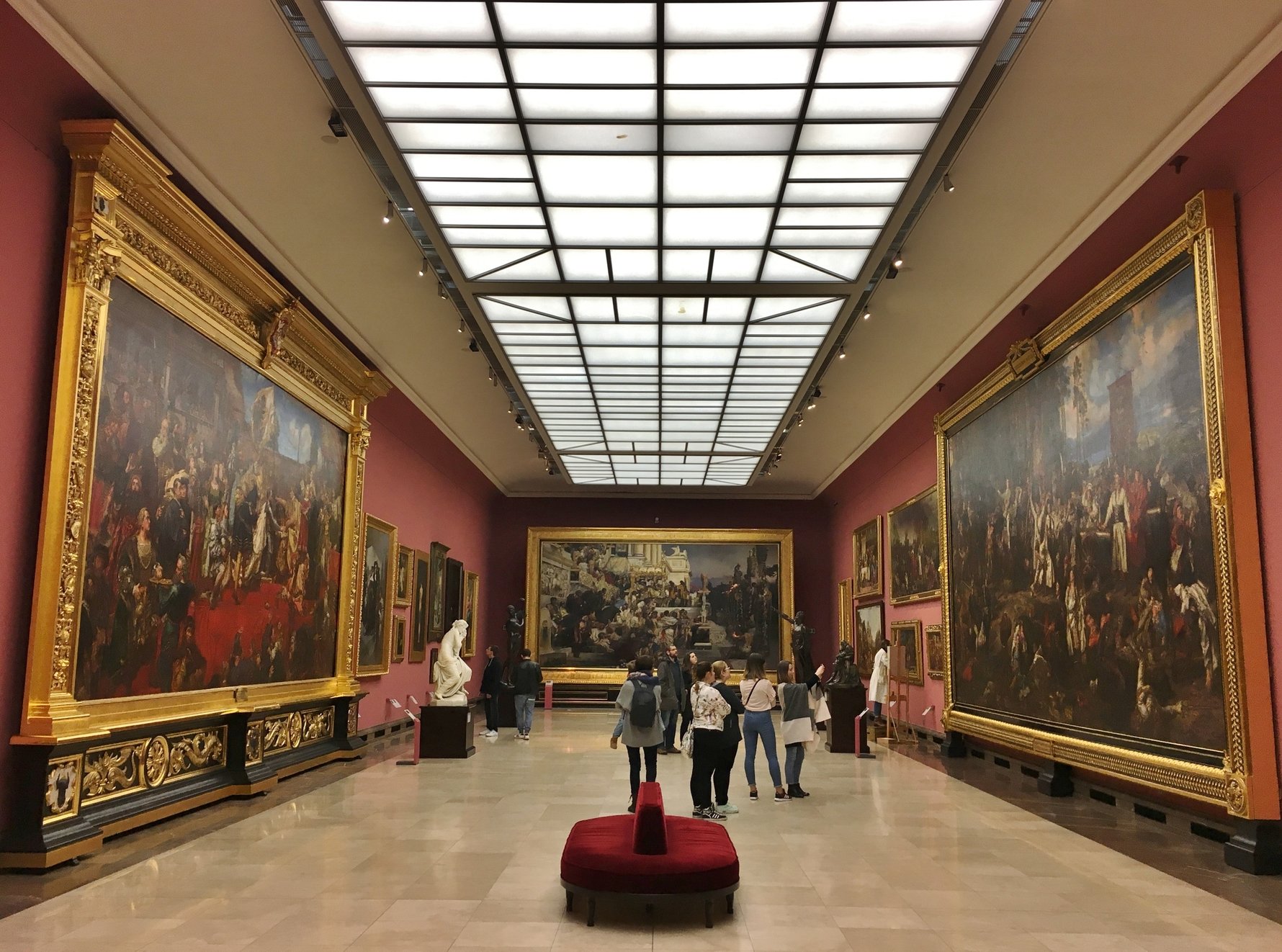
Chopin Museum (Warsaw)
Touted as one of the most high tech in Europe, this museum officially opened in the spring of 2010 to mark the 200th anniversary of one of Poland’s most famous sons. Taking up four floors the museum features an interactive style and shares the life of pianist and composer Fryderyk Chopin from start to finish leaving absolutely no detail out. Among the 5,000 exhibits are a lock of hair, his school exercise books, a sweet box, a gold watch presented to the ten-year-old Frederic by an admiring Italian singer and the passport he used to enter England. So comprehensive is the collection it even features the last letter he wrote to his family and dried flowers from his deathbed. Also, of course, are several paintings and sculptures (including his death mask), a recreation of his Paris drawing-room, and even an intriguing section on the women who made the man.

However, what really revolutionises this museum is the way your route is conducted. Aside from an avalanche of e-books, audio-visuals, music games and touchscreen options, the museum allows visitors to ‘adapt their trip to their particular circumstances.' Put simply those entering can choose exactly what they want to see, and how much they want to know about it. Even better are the micro-chipped tickets that can be swiped along different interactive exhibits to allow the visitor to hear music, stories or watch a film. One area that is particularly popular is the Composer's Hall, an area where you can listen to all of Chopin's music. Mr Chopin, welcome to the 21st century. As for the building, that’s worth getting to know as well. Located in the Ostrogski Palace, this Warsaw landmark was originally designed by Tylman van Gameren. In the past, it’s been home to everything from a Napoleonic military hospital to the riotous Morgan’s Pub, and its catacombs are said to be home of the legendary Golden Duck - a princess charmed by the devil before being transformed into a beaked waterfowl.
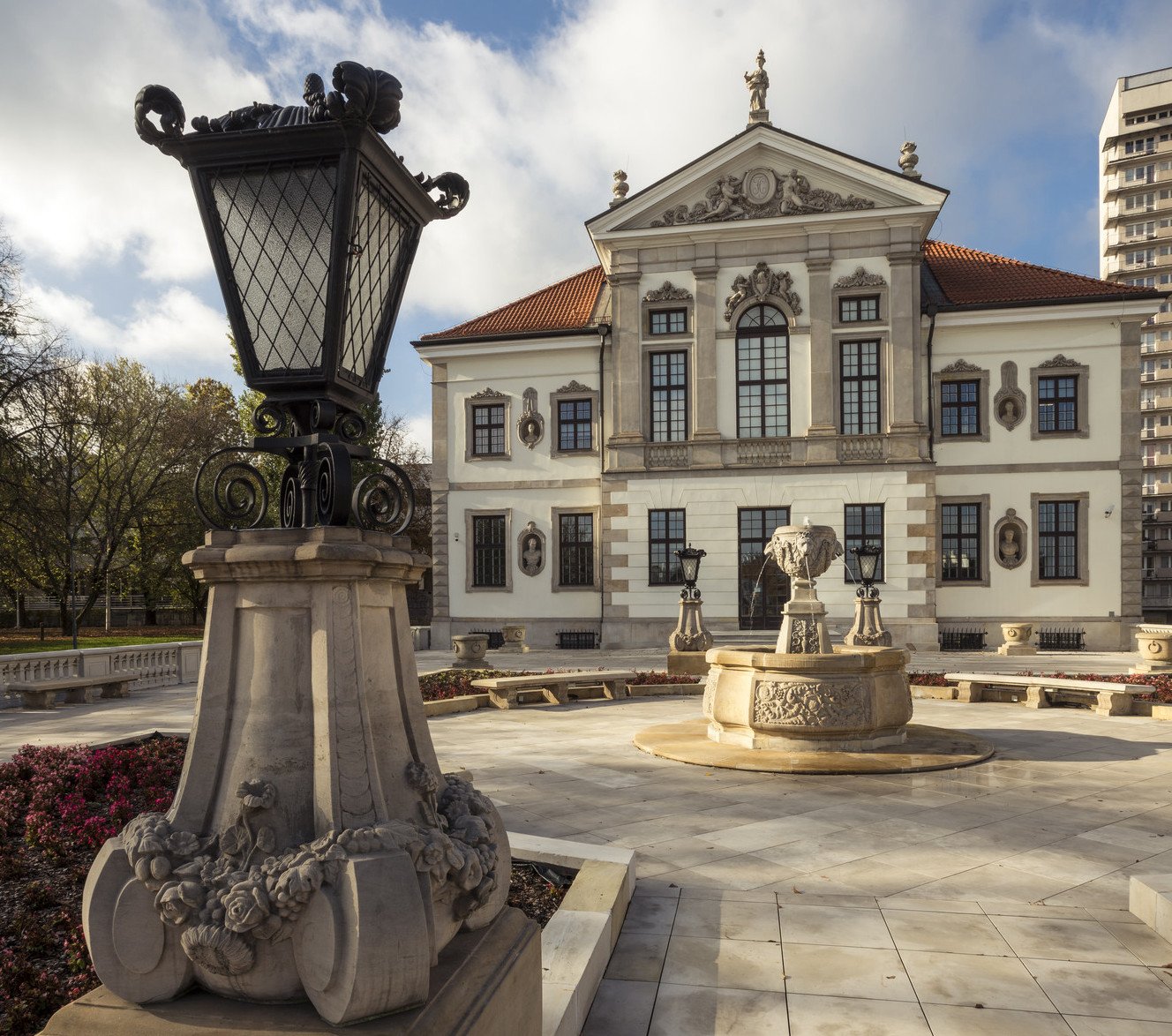
John Paul II Family Home Museum (Wadowice, near Kraków)
Located right on the main square in Wadowice, 50km from Kraków, you will find the apartment townhouse that was the home of Karol Wojtyła and his family from 1919 to 1938. For those of you who don't know, Karol Wojtyła would later become the bishop of Kraków before going on to help change the course of the modern world as Pope John Paul II. He was born in this very building on May 18, 1920, the youngest of Karol Sr. and Emilia’s three children (one of whom, Olga, died before Karol’s birth, while his brother Edmund was 13 years his senior). Karol Jr.’s mother sadly died from heart and kidney failure in 1929 when Karol was nine years old, and his brother (a doctor) also passed only three years later after contracting scarlet fever. Upon graduating from high school here in Wadowice, Karol and his father moved to Kraków in 1938, where Karol enrolled in Jagiellonian University right before the outbreak of World War II. The rest, as they say, is history, and you’ll learn it in vivid detail inside this world-class museum.
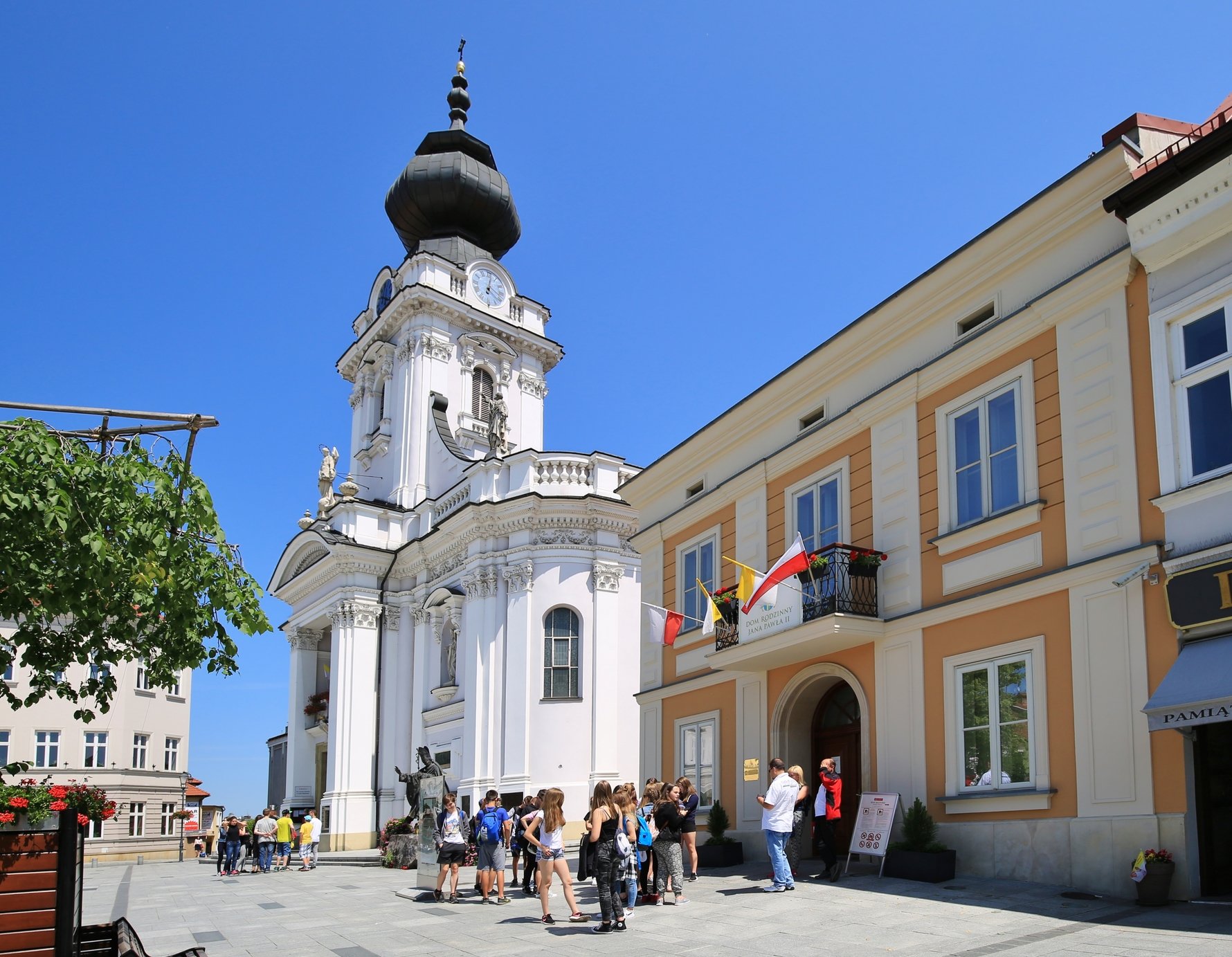
Closed for years and finally reopened in 2014, the JPII Family Museum now comprises 16 separate zones over four floors (including the attic and basement) and a total floor space of 1200m2. Telling the linear story of Karol Wojtyła’s life, from his birth to his ascension to the papacy to his passing and canonisation, the museum’s exhibits are enhanced with holograms, 3D projections, lasers, video walls, touchscreens, tablets, audio recordings of the Holy Father’s speeches, and other modern means of conveyance that engage visitors of all ages, including those with disabilities or impairments. Despite all the technical flair elsewhere, at the heart of the museum is the Wojtyła family’s original flat, modestly consisting of a bedroom, living room and kitchen, and designed to look as it would have when the family still occupied it. Furnished with period decor, the rooms include many original family items including photographs from the family album. Of all the Pope museums, of which there are several in Kraków alone, this is the one most worth visiting. As such it has become one of the most popular museums in the region, visited by about 250,000 people from around the world annually.
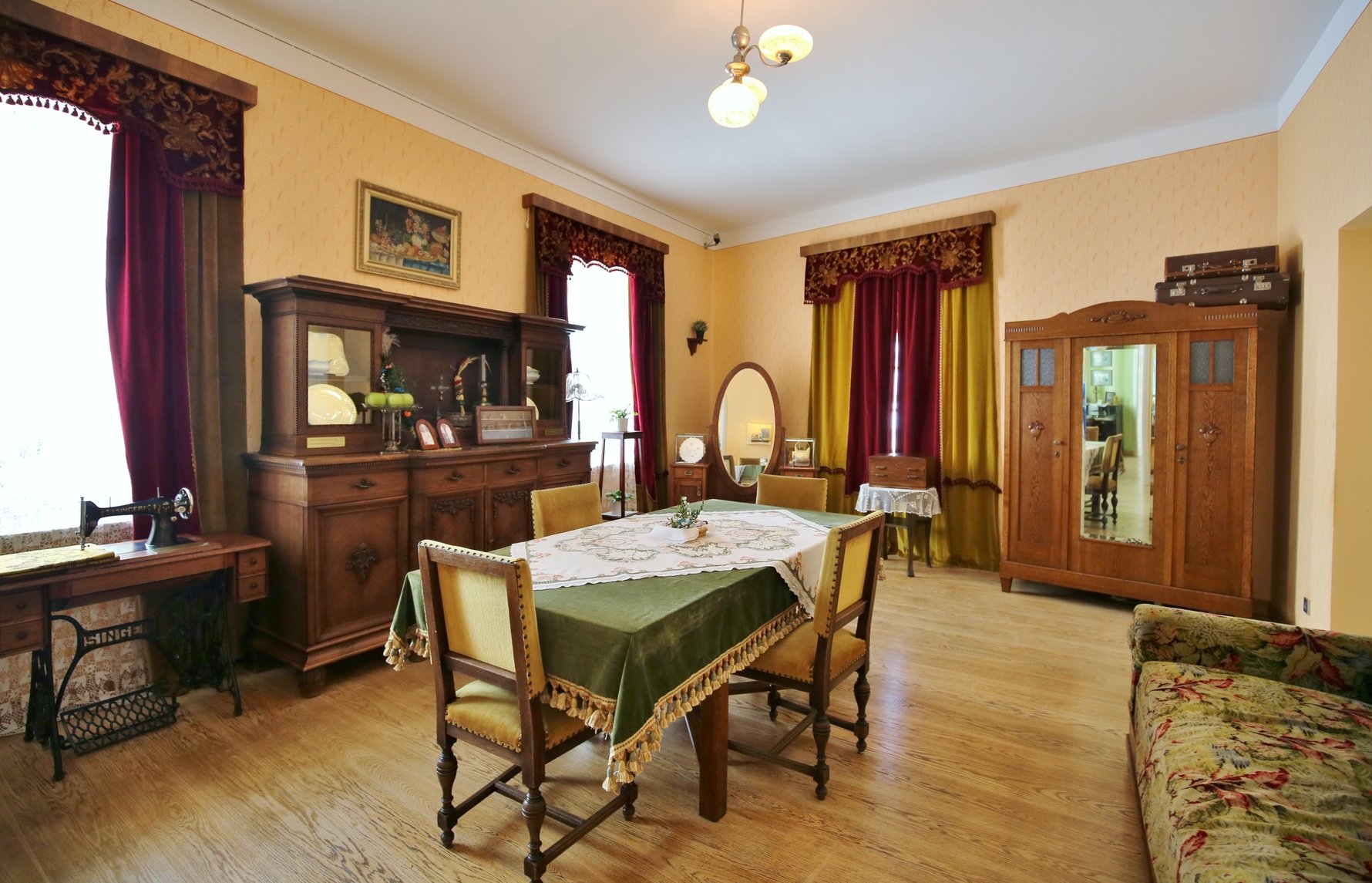
Maria Skłodowska-Curie Museum (Warsaw)
Known to the world as Madame Marie Curie, Maria Skłodowska was, in fact, born and raised in Warsaw and moved to France at the age of 24, where she met her future husband Pierre Curie and conducted pioneering research on radioactivity! The recently renovated building which houses this museum is also, appropriately enough, Skłodowska's birthplace. The museum exhibits encompass a charming homage to the life and work of the Nobel Prize-winning physicist and chemist, including displays of Curie’s personal letters that show another side to the famed scientist. Artefacts on display include many personal effects, such as black georgette coat, worn by the Nobel Prize winner during her last stay in Poland in 1932, a leather handbag, offered to her in 1921 by the Polish Women’s Alliance of America, as well as a small collection of Curie's scientific instruments.
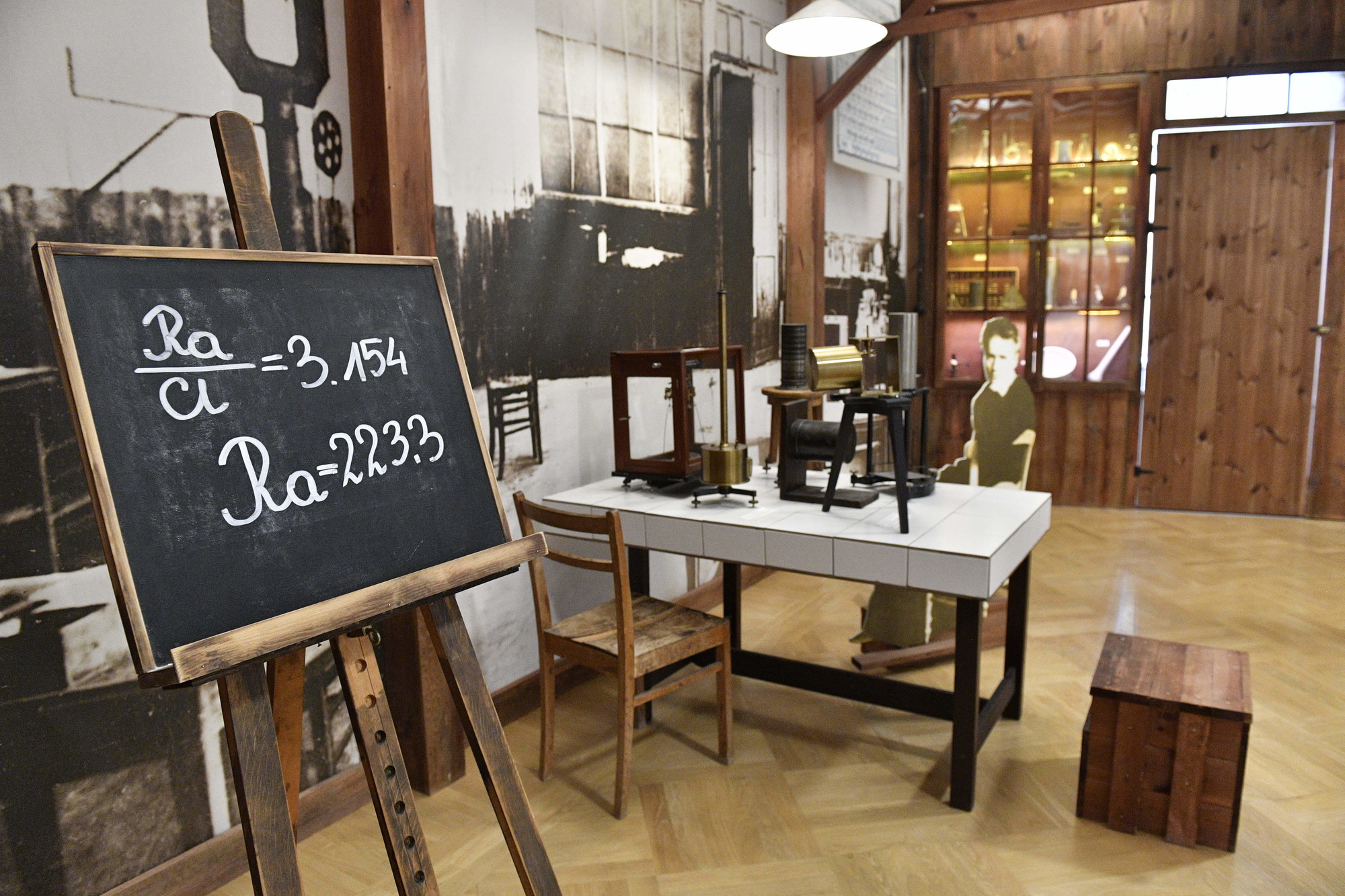
An exhibit of particular interest is an elephant, gifted by the President of the United States, Herbert Hoover, which Skłodowska-Curie received as a souvenir of her visit to the White House in 1929 - the purpose of this visit was to collect $50,000 for the purchase of a gram of radium for the emerging then the Radium Institute in Warsaw. One of the museum’s five rooms has been adapted as a recreation of Marie and Pierre Curie's Parisian laboratory, and another focusing on the Skłodowska family, to give visitor’s a glimpse into her life. The lady who gave the world so much, including the chemical element polonium (named after the country of her birth) died in Sancellemoz sanatorium in Passy, Haute-Savoie, France, on July 4, 1934, the victim of leukaemia, which she is believed to have contracted during her many years of dangerous research.
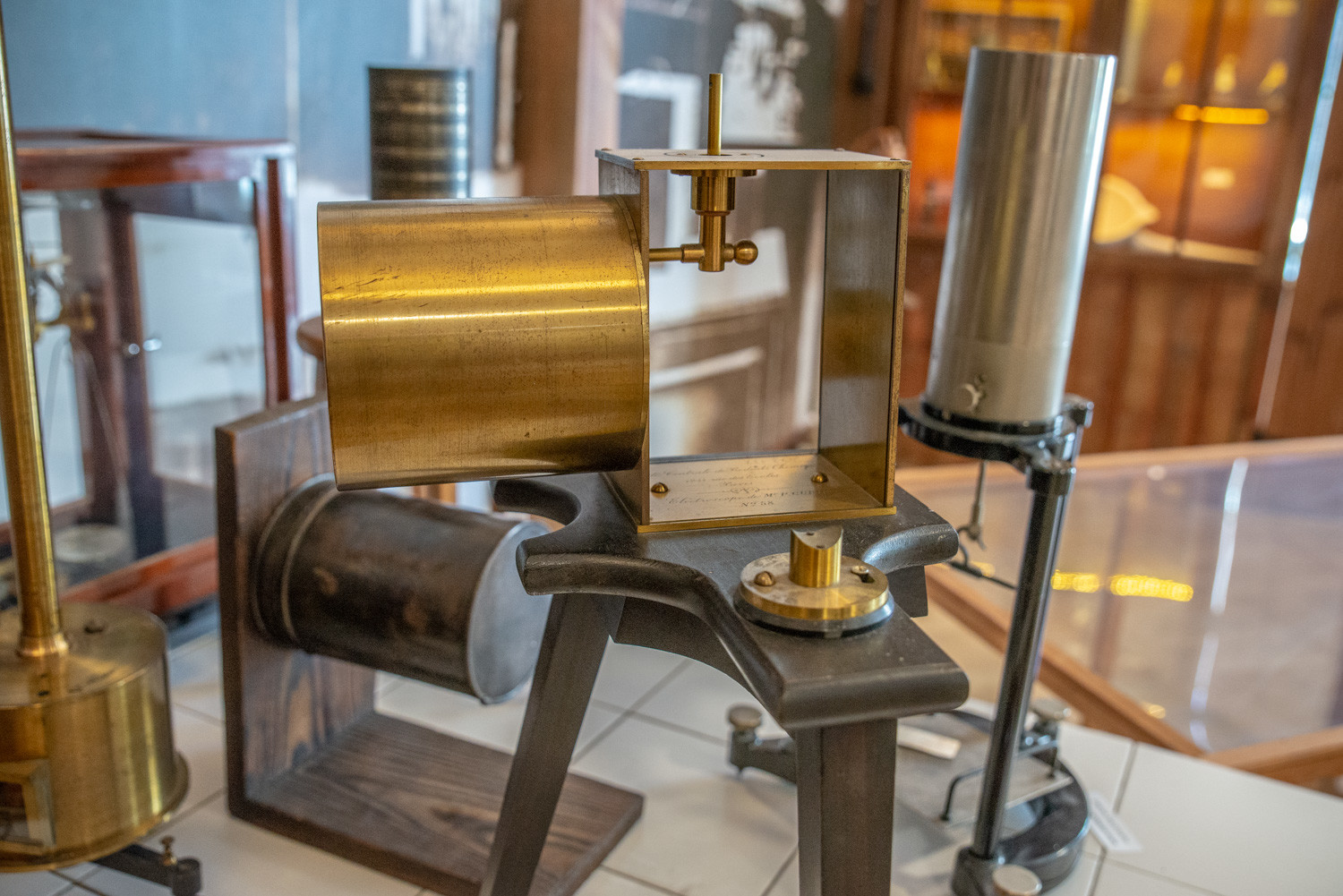



Comments